What is Dry Docking & Why Do Ships Do It?
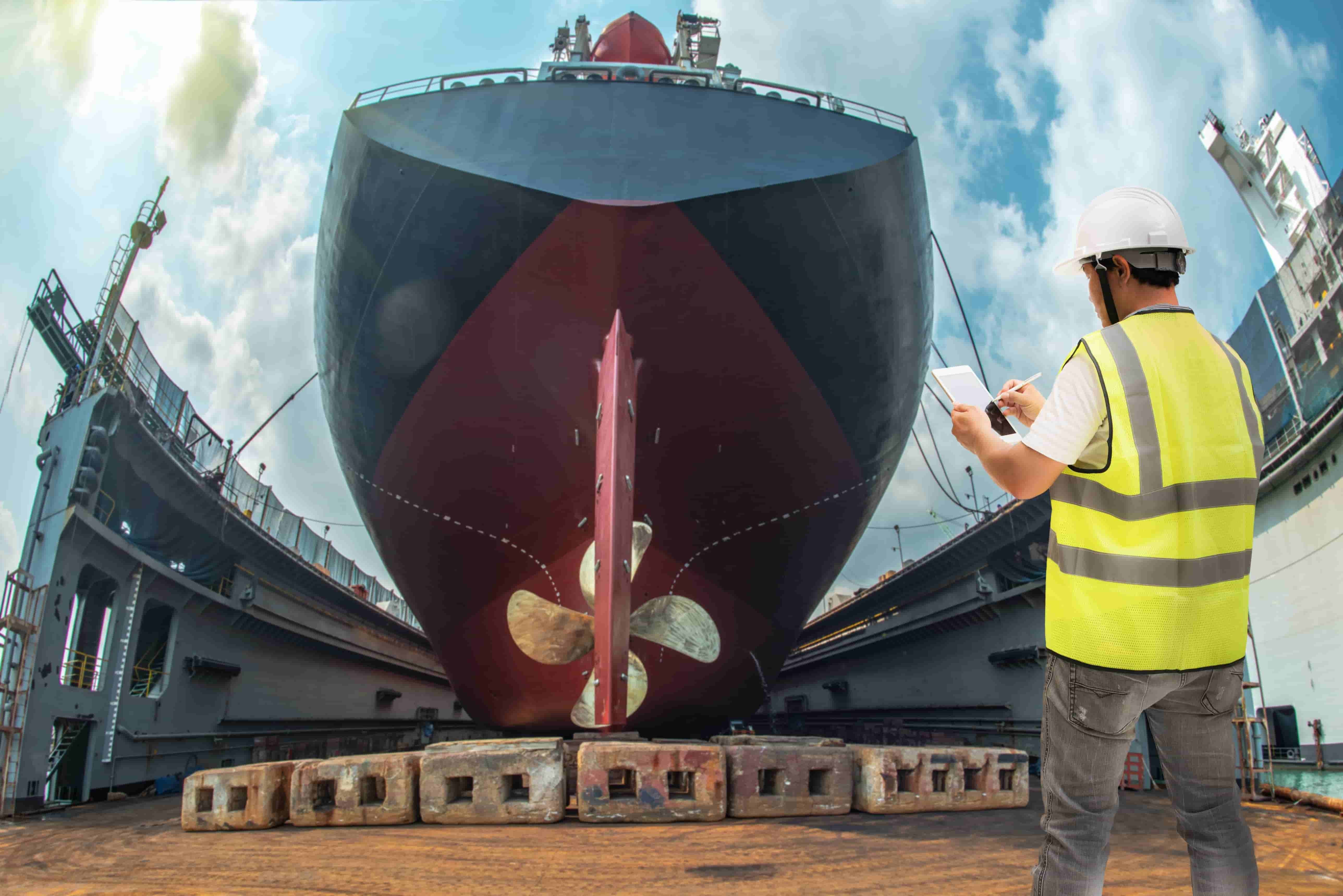
Ahoy there! If you've ever wondered why ships seem to disappear for a while before reappearing, looking as good as new, then this post is for you! In the world of shipping, dry docking is a crucial process that ships go through every now and then. But what exactly is it? And why do they need to be taken out of the water for maintenance? Keep reading to find out everything you need to know about dry docking - why do ships do dry docking? what happens during the process to the different types available. Let's set sail and explore together!
What is dry docking?
Ships undergo dry docking when necessary modifications or repairs necessitate taking them out of the water. During this time, the vessel is removed from service and placed in a dry dock, which is simply a big basin or chamber from which water can be removed.
Once a ship is in a dry dock, the hull can be inspected and repaired because the water has been drained out. This is crucial because it frees up the crew from having to worry about the waves getting in the way while they do things like apply antifouling paint to prevent marine growth on the hull or replace damaged pieces.
Depending on the extent of the maintenance, a dry dock might last anywhere from a few days to many weeks or even months. Size and complexity play an essential role when it comes to docking times for ships.
Why do ships go through dry docking?
Ships are incredible vessels that traverse thousands of miles across the oceans, and to maintain them for as long as possible, regular maintenance must take place to extend their lifespan. Dry docking is the process whereby ships are taken out of the water to undergo repairs or servicing - including dry docking if necessary.
One of the primary purposes for which ships undergo dry docking is for maintenance purposes. Over time, wear and tear can damage various components of a ship, including its hull, propellers, rudders, and engines. This allows crew members to scrutinise these parts as well as replace any needed replacements during dry docking.
Another reason why ships do dry docking is to comply with regulatory requirements set by governing bodies such as the International Maritime Organisation (IMO). Vessels must adhere to strict safety standards before they are allowed back on the water after being serviced during dry dockings.
Dry dockings also allow for upgrades or modifications to be made to ships. These changes could include expanding cargo space or improving fuel efficiency, which ultimately saves money in operational costs over time.
It's vital for ships to undergo regular maintenance, including dry docking, so they can continue operating safely and efficiently while traversing the vast oceans around us.
Types of Dry Dock
There are several types of dry docks, each serving a different purpose depending on the size and type of vessel being serviced. The most common types are;
Graving
Dry docks for grave laying have been in use for quite some time. High walls in the rear, left, and right make up these basins. A door can be found on the shoreward side. A spacecraft must maneuver into the graving dock's tight confines and be precisely positioned such that its bottom is flush with the blocks underneath it. From then on, the gate is closed, and the graving dry dock's basin is drained using pumps. When the ship's full weight settles on the blocks, the area is ready for workers to enter with inspection tools and make any necessary repairs to the vessel's hull.
Dock Floating
It's easy to think of floating dry docks as giant platforms. The upper parts of these things are concave and generally "U"-shaped. This permits them to secure the spherical bases of vessels even when there is no water present. The floating constructions have specialised chambers with valves, and those chambers may be filled with either air or water. When a ship pulls up, operators open the chambers' valves, flooding the floating dry dock. When the boat passes over the dock, the dock starts draining the compartments once more. After that, the dock lifts out of the sea, taking the ship with it. Because of their design, floating docks aren't usually attached to the shoreline and can instead stand alone in the water.
Syncrolift
Ships with a tonnage between 800 and 25,000 typically use a syncrolift or shiplift to dock. Instead of using the buoyancy of the pontoon, as is done with a traditional floating dock, the Syncrolift hoists the ship and its platform onto the shore using winches mounted on either side of the platform. In contrast to floating docks, fixed docks are often attached to the shore and move via electrical and mechanical means (typically winches) rather than flotation.
Slipway
Smaller ships can more easily use slipways. Boats may be transported with ease using slanted ramps and mobile trolleys. When a ship is positioned in the water so that its trolley is parallel to the land, the slipway can lift it automatically. In addition, slipways facilitate the construction and deployment of new vessels. While concrete or asphalt are commonly used for the slipway's base, metal, wood, or plastic wood can be used for the trolley and its rails.
Conclusion
Ships' maximum performance and longevity rely on dry docking, which involves hauling them out of the water for the purpose of inspecting their hulls, components, and systems and performing any necessary repairs or maintenance. When it comes to ship maintenance, not all dry docks are created equal. The process of dry docking a boat might be scary to its owners and operators, yet it is crucial to the vessel's continued seaworthiness and safety. By doing routine maintenance and inspections during dry docking periods, ships can reduce the risk to their crew and the environment when at sea.
Sohar Shipping provides professional dry docking services to ship owners and operators worldwide, from small boats to ocean liners. Their state-of-the-art facility can accommodate an assortment of vessels. Sohar's dry docking services include hull cleaning and painting; propeller repair/replacement; underwater surveys/inspections, and general maintenance/repair services, with experienced professionals using cutting-edge technologies and equipment to guarantee all work meets high standards of safety, quality, and efficiency.
Sohar Shipping's dry docking services are tailored to meet the individual needs of each client, with experienced project managers collaborating closely with customers to complete projects efficiently, on time, and within budget. As a firm dedicated to excellence and committed to customer satisfaction, Sohar Shipping stands as a premier provider of dry docking services in Oman within the shipping industry.
Latest Blogs
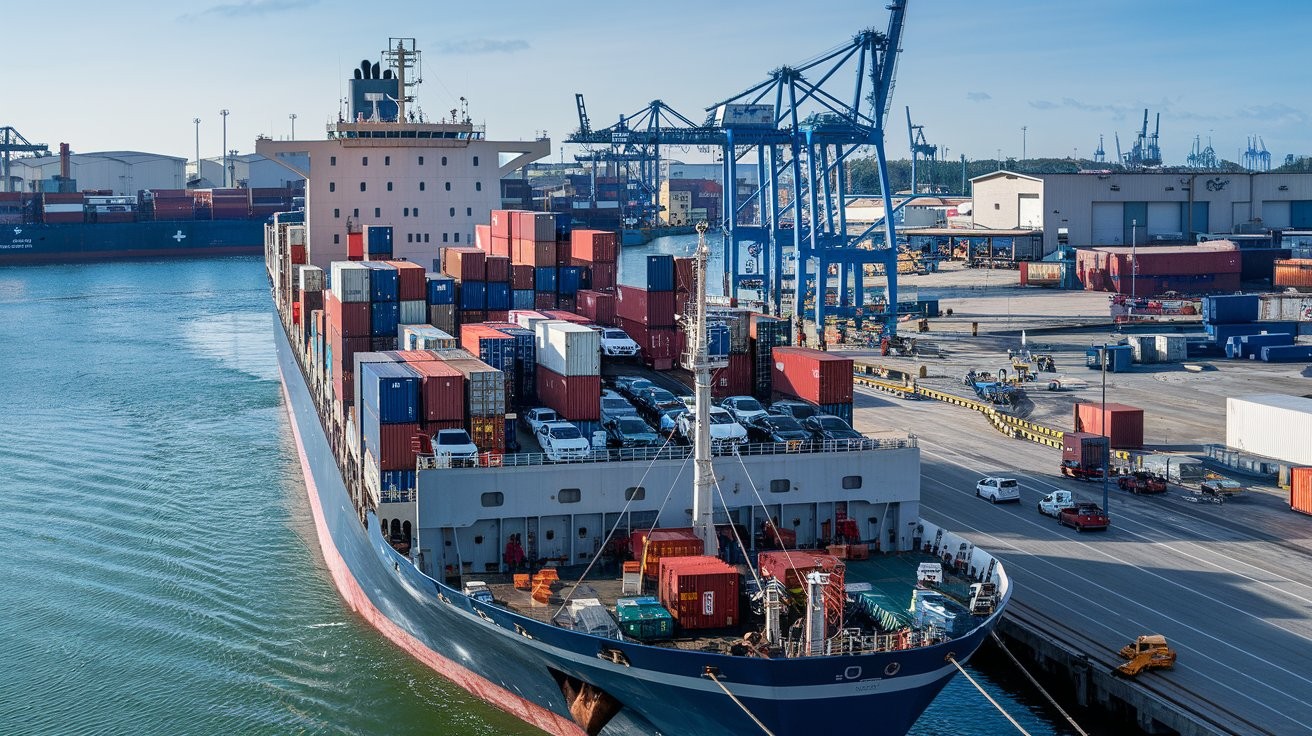

Key Benefits of End to End Supply Chains
20 Sep, 2024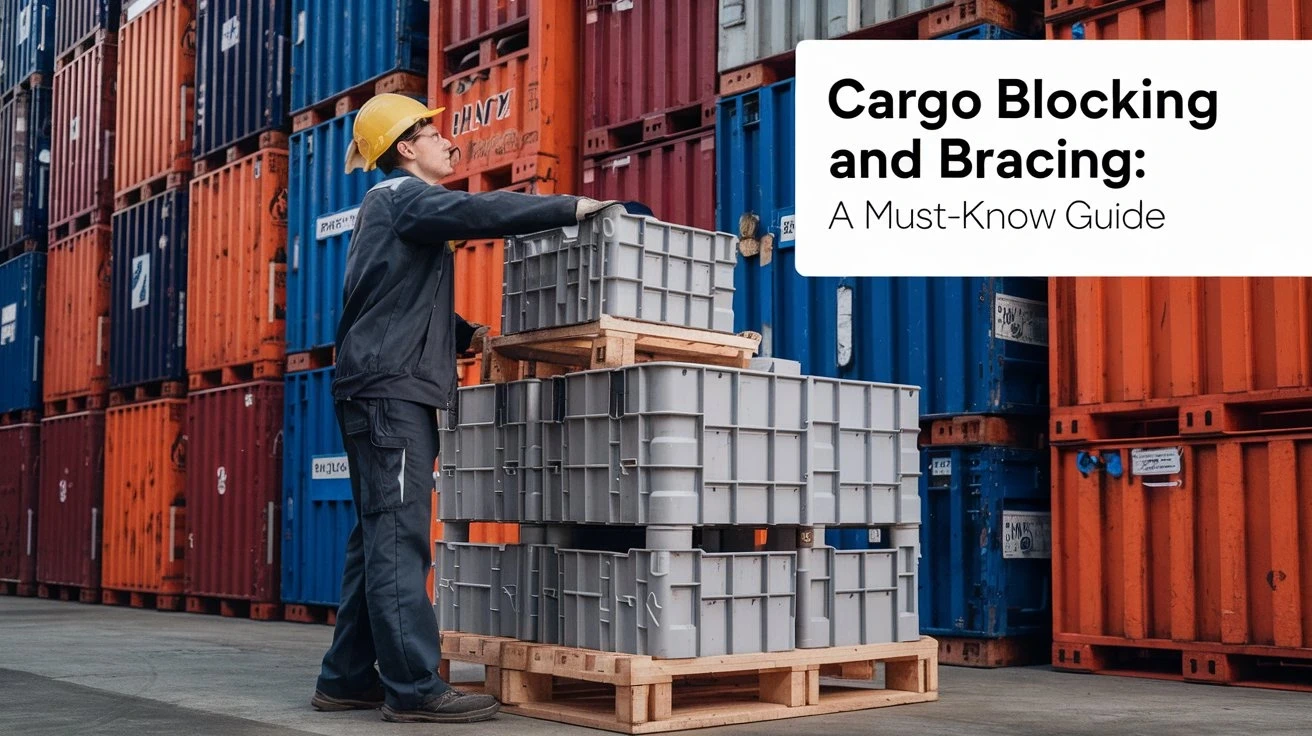
Cargo Blocking and Bracing: A Must-Know Guide
17 Sep, 2024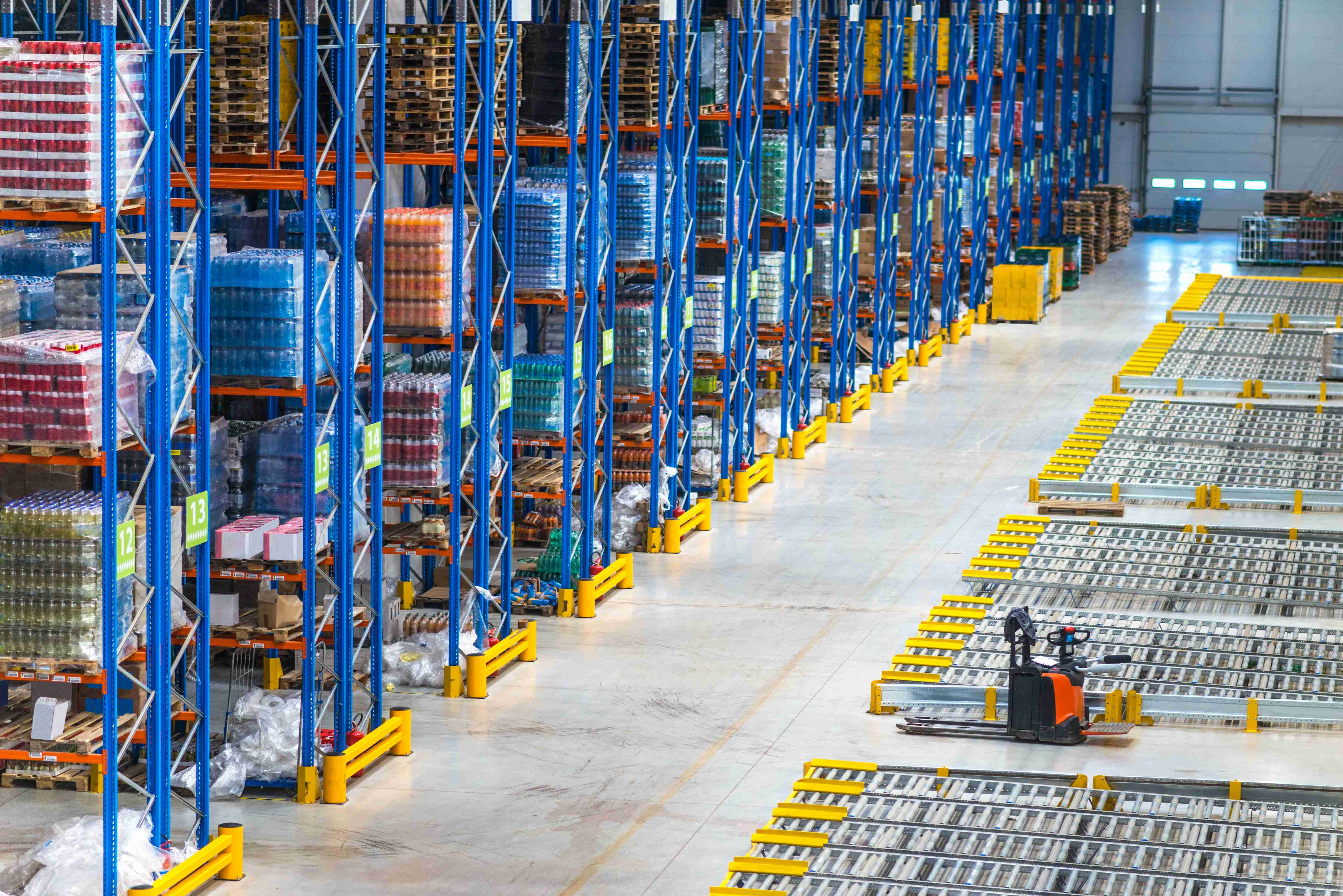
Third-Party Logistics (3PL): A Complete Guide
31 Jan, 2024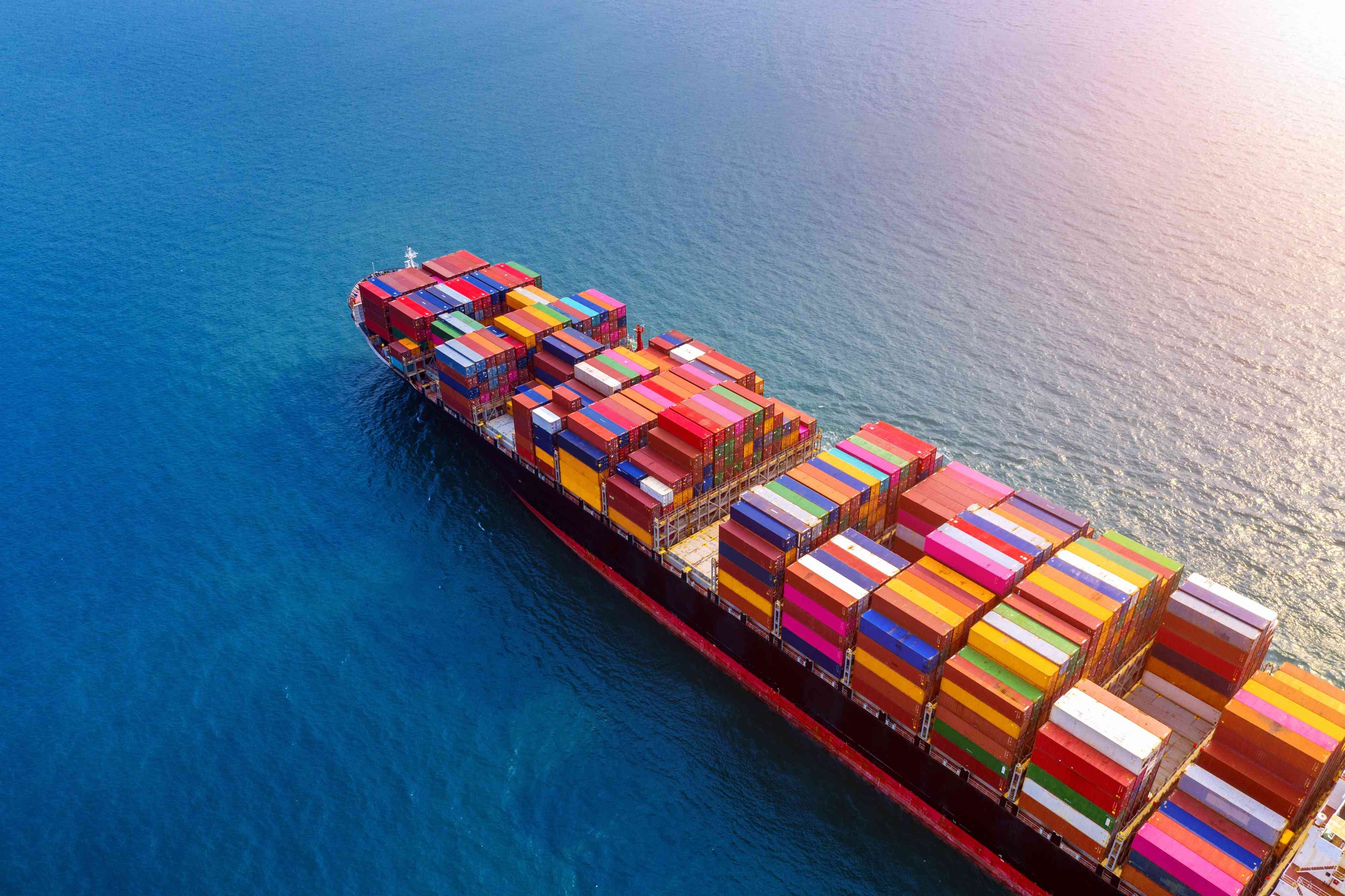
How do I book a container by sea freight
27 Nov, 2023
Top Reasons You Need A Cargo Insurance
30 Aug, 2023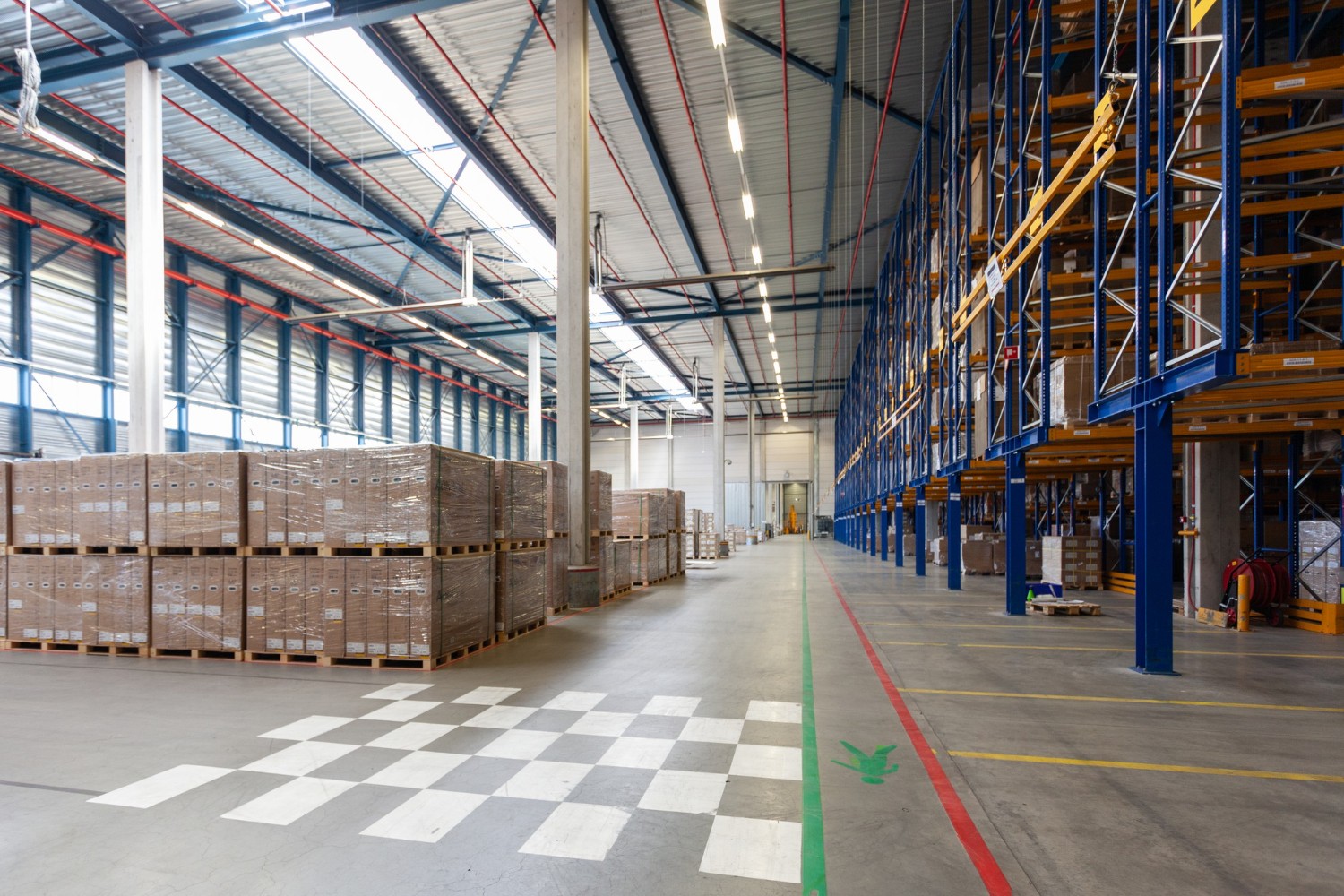
Benefits of Customs Bonded Warehousing
24 Jul, 2023
Benefits of Logistics Outsourcing
30 Jun, 2023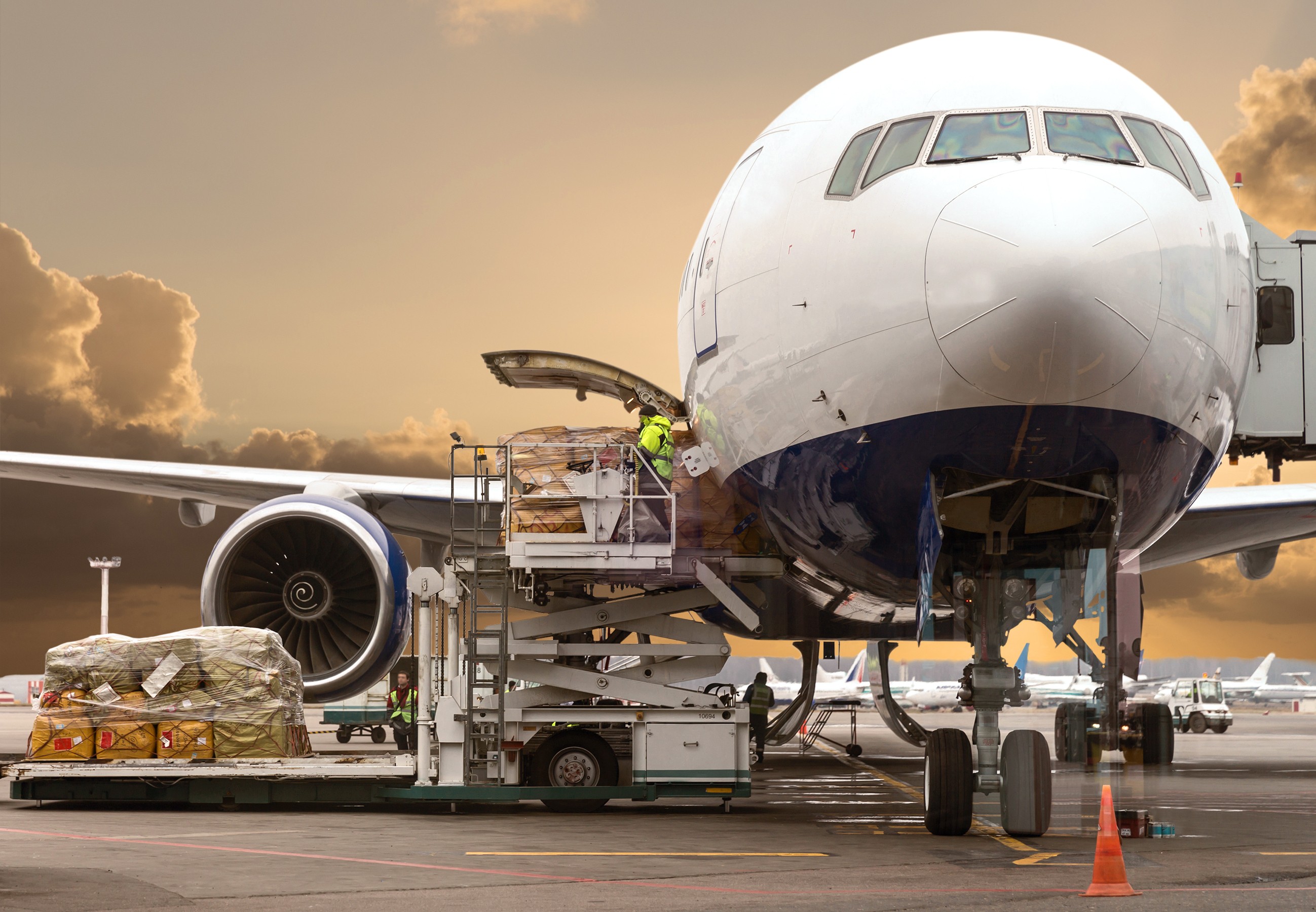
All You Need to Know About Air Freight
16 May, 2023
Ways Carriers Benefit from Contract Logistics
25 Apr, 2023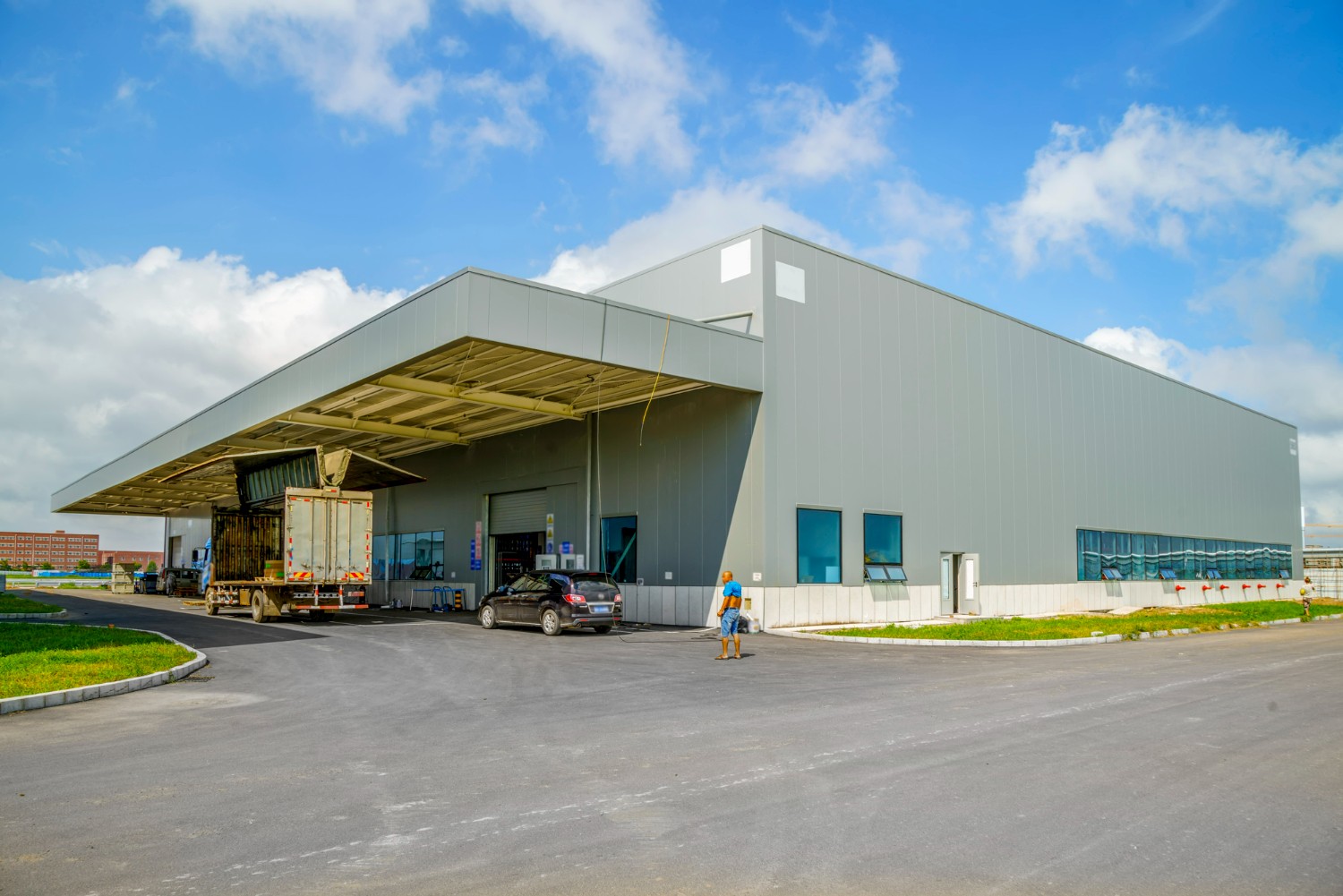
Pros and Cons of Contract Warehousing
27 Mar, 2023641c5faf72d6a.jpg)
Advantages of Freight Consolidation
23 Mar, 2023
All You Need to Know About Freight Charges
27 Feb, 2023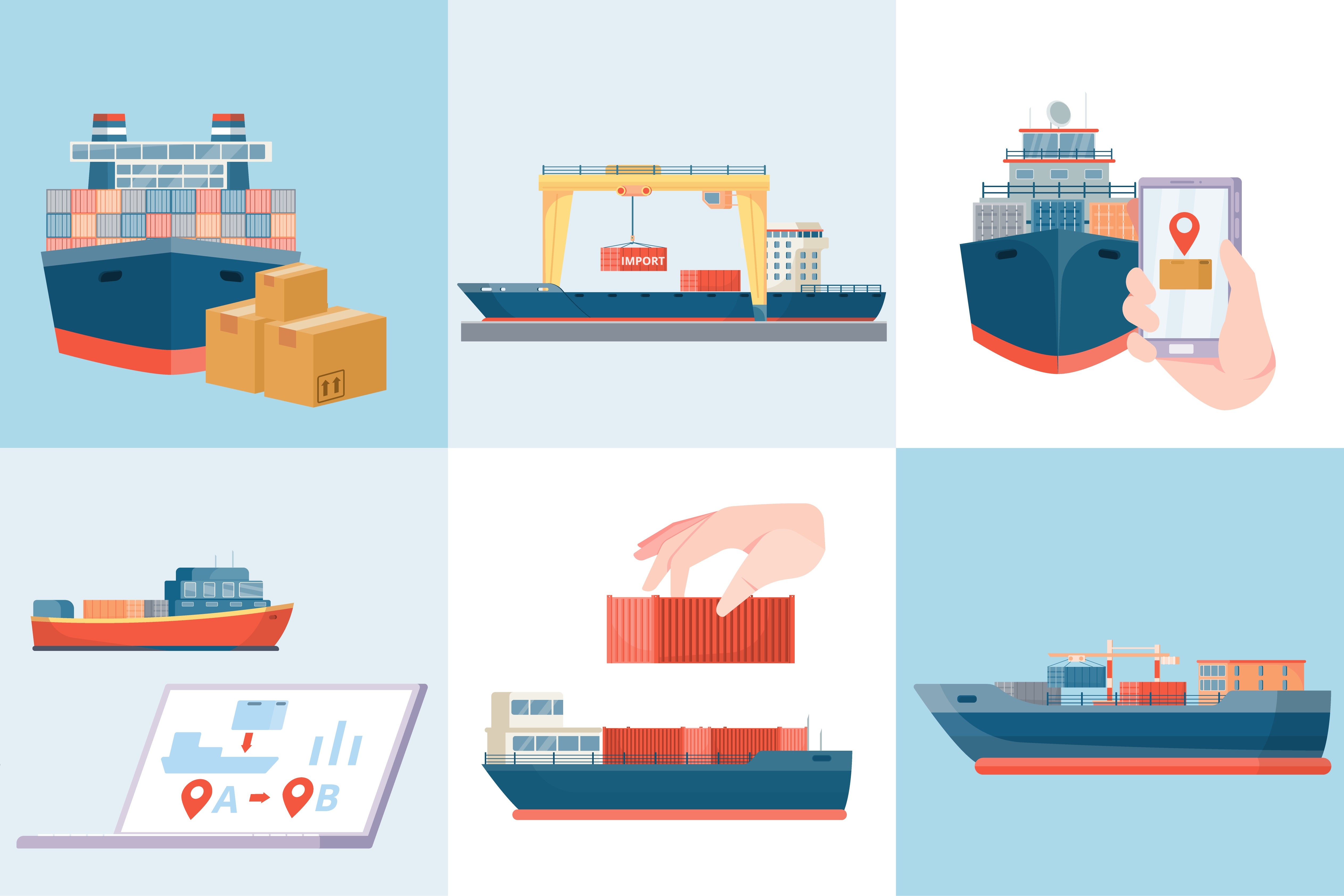
How to Find A Good Freight Forwarder?
24 Jan, 2023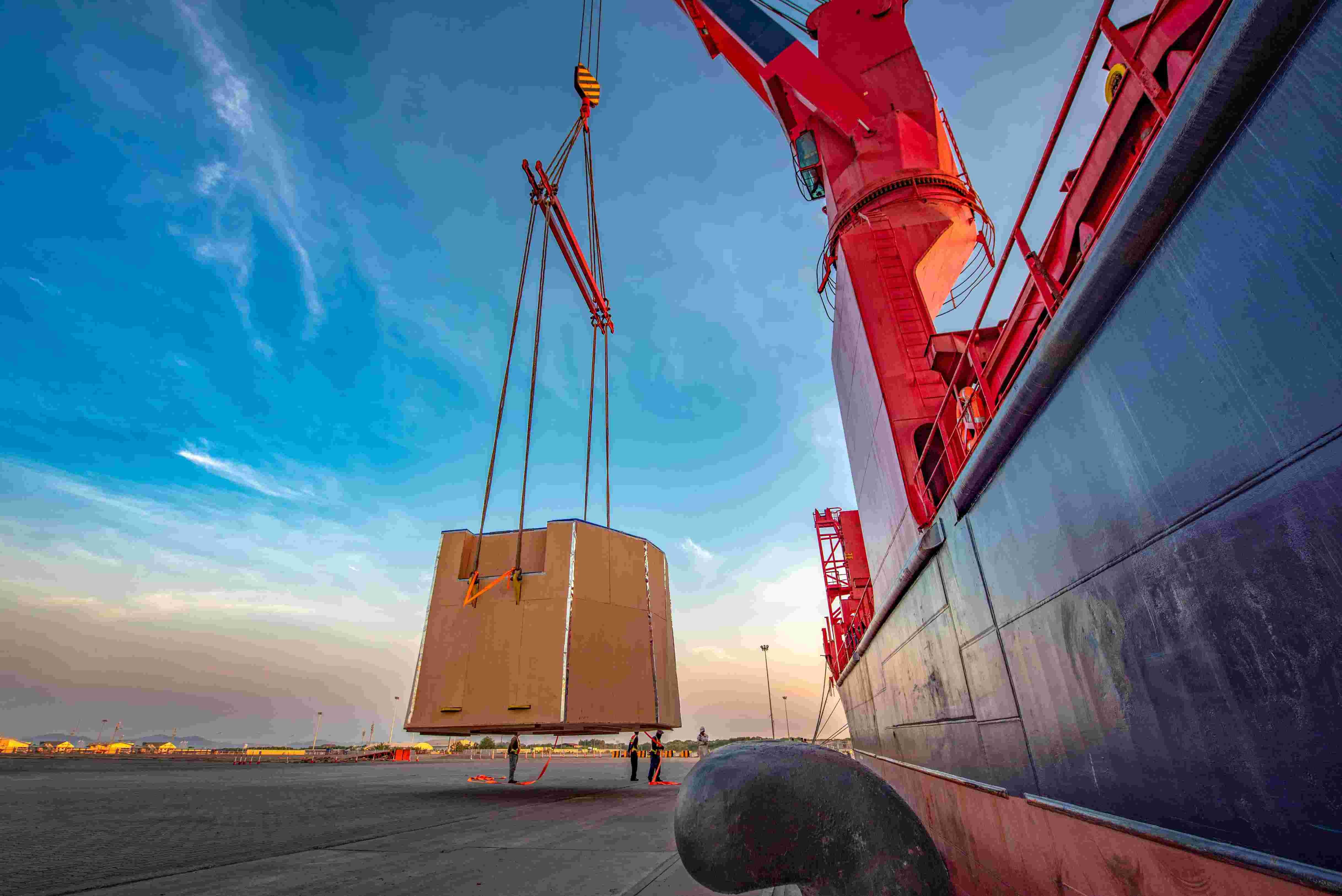
What is Project Cargo and How is it Transported?
07 Nov, 2022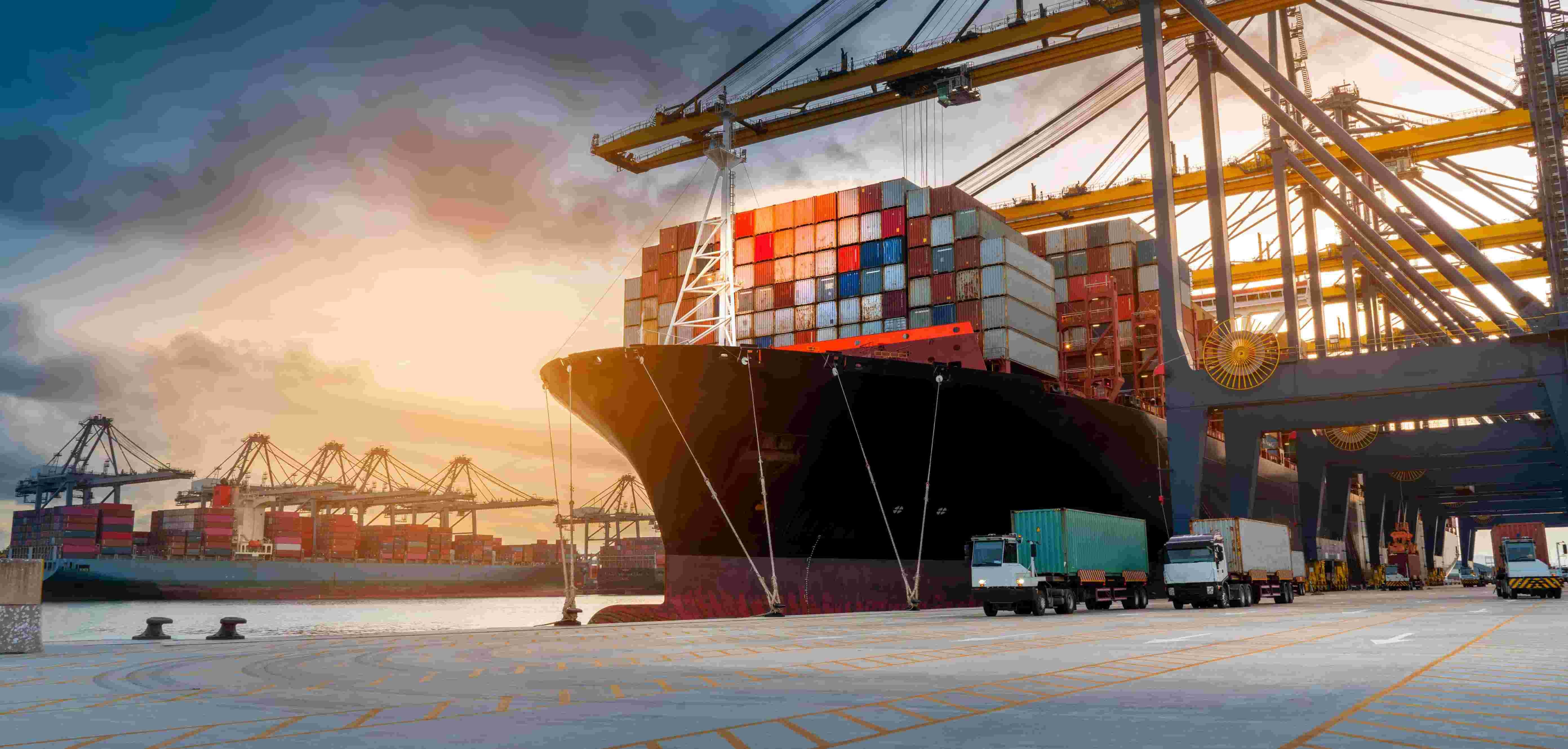
How International Ocean Freight Shipping Works
25 Oct, 2022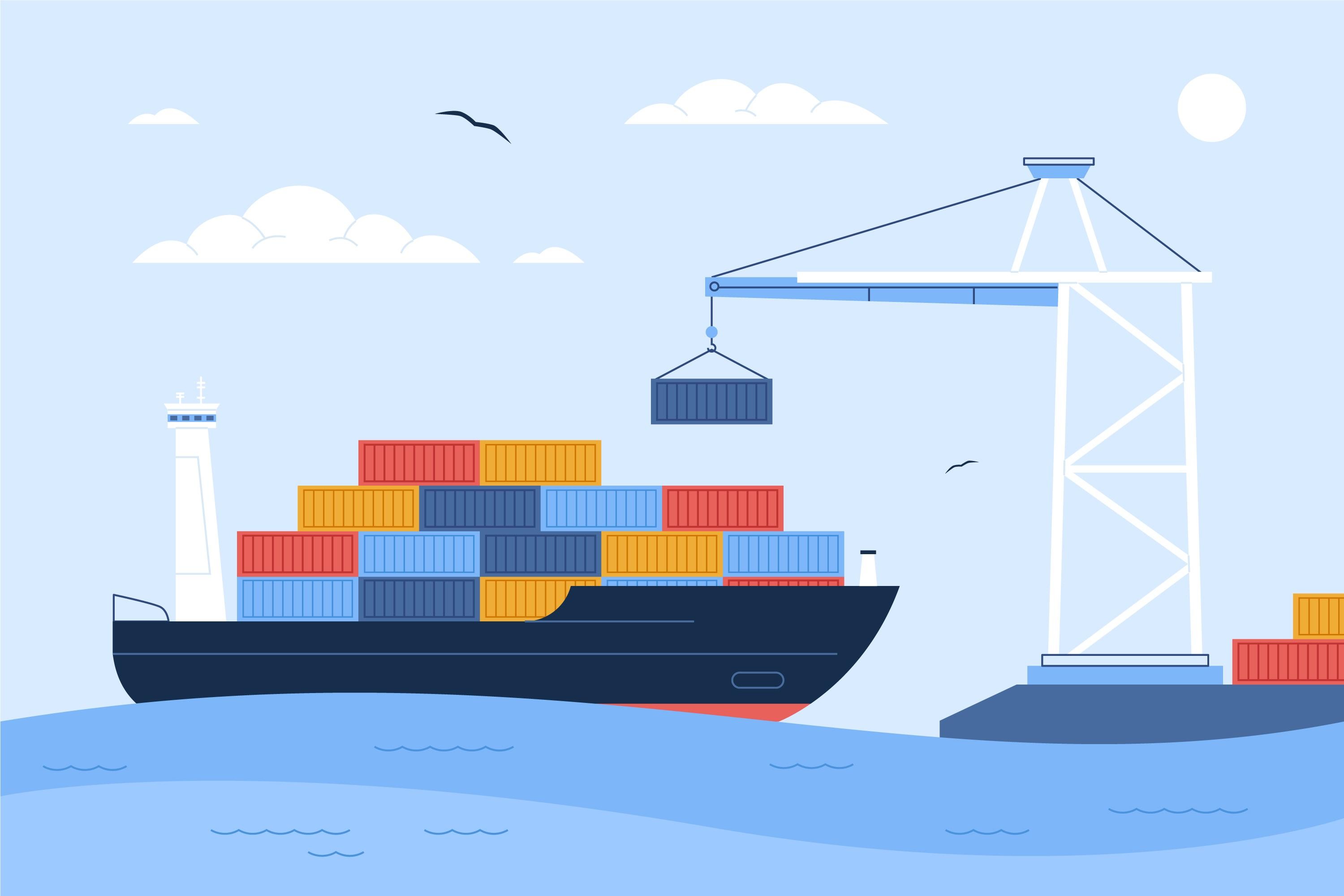
How does LCL shipping work?
26 Sep, 2022
8 Ways to Optimize Your 3PL Relationship
22 Sep, 2022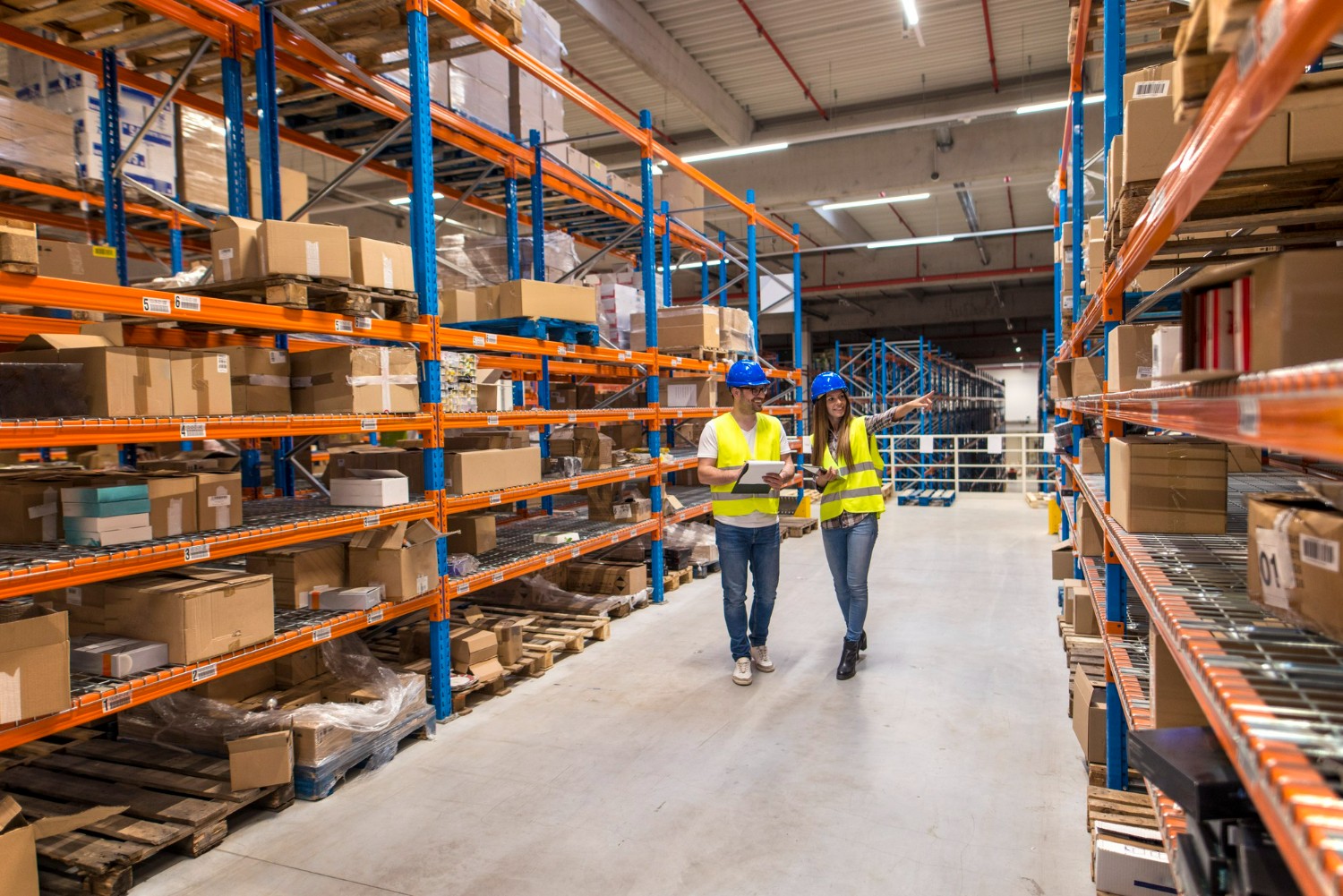
Benefits Of Using An Outsourced Warehouse
22 Aug, 2022
Importance of Cargo Insurance
30 Jul, 2022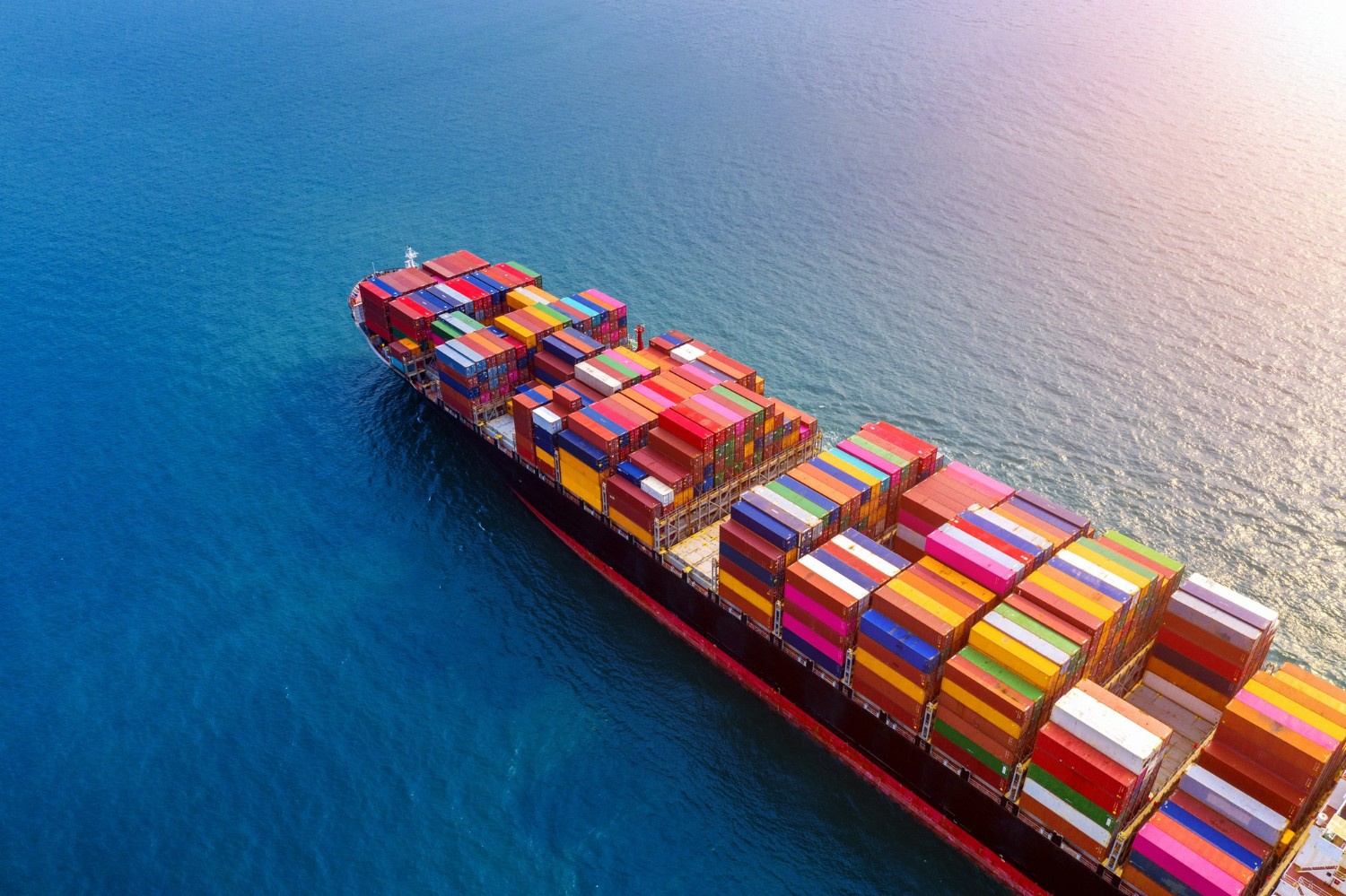
Top 10 Benefits of Ocean Freight Shipping
22 Jun, 2022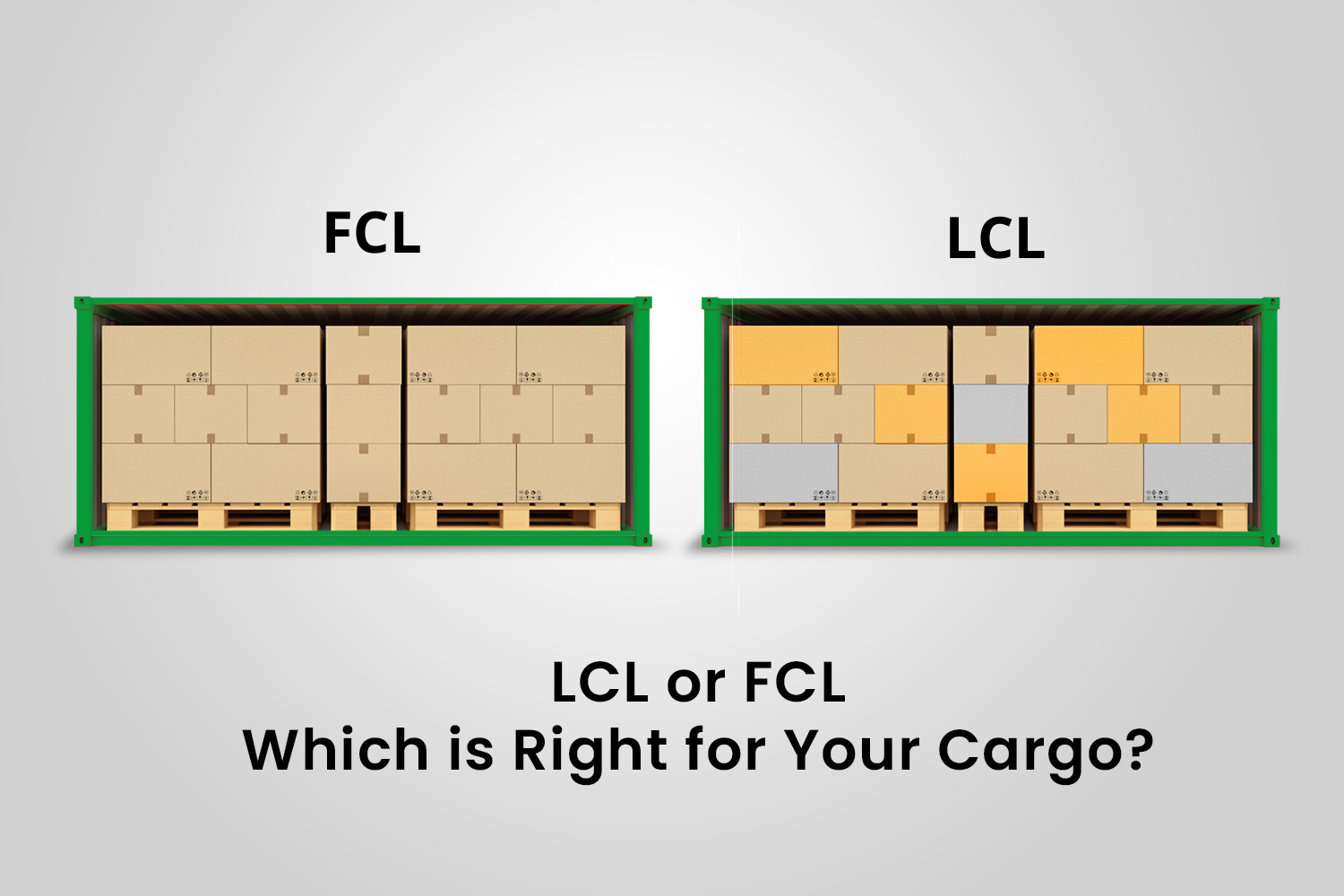
LCL or FCL - Which is Right for Your Cargo?
26 May, 2022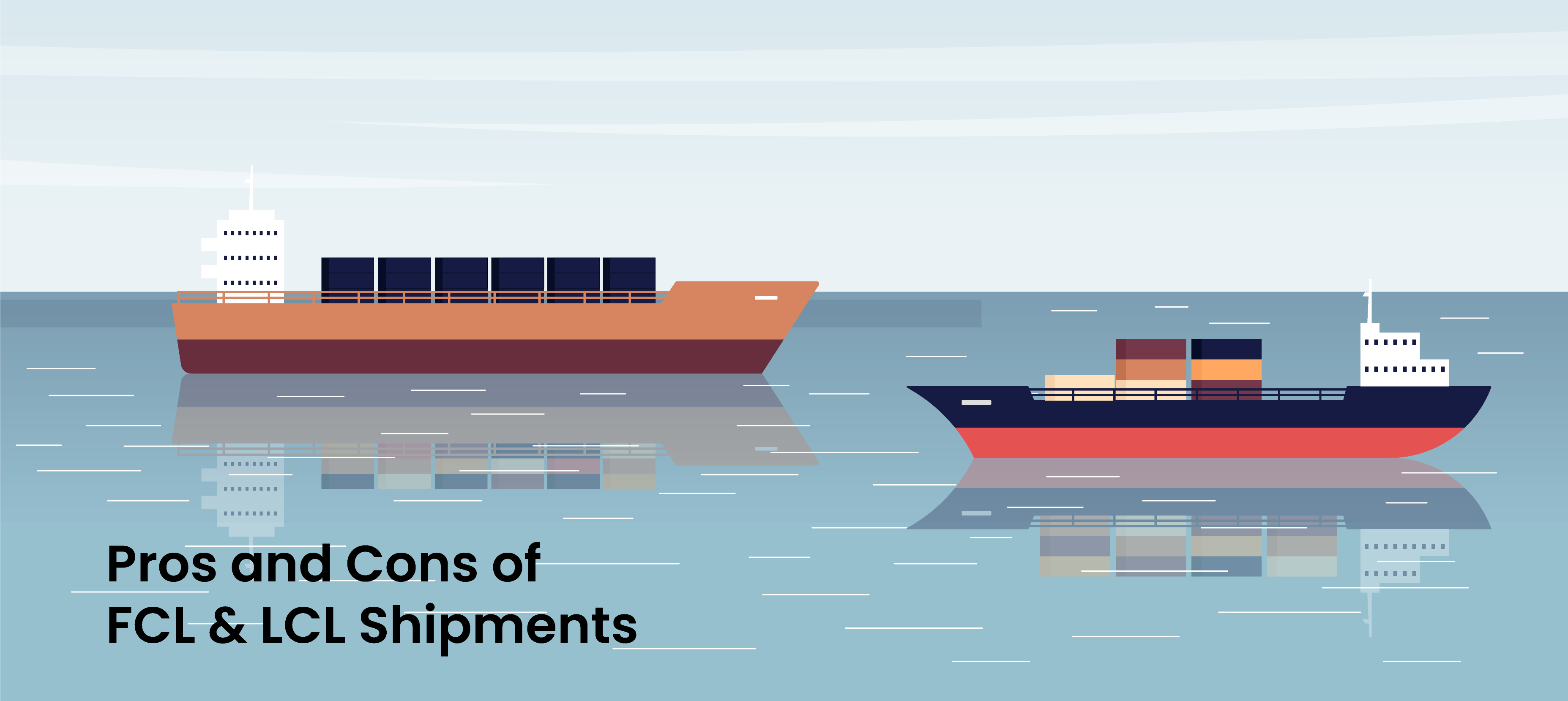
Pros and Cons of FCL & LCL Shipments
21 May, 2022
Key Benefits of LCL Shipping for Your Business
28 Jan, 2022

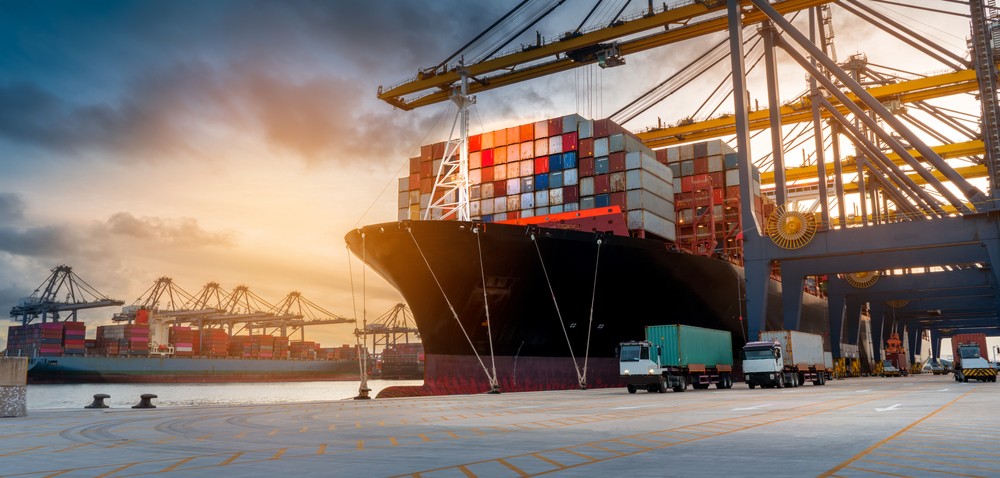
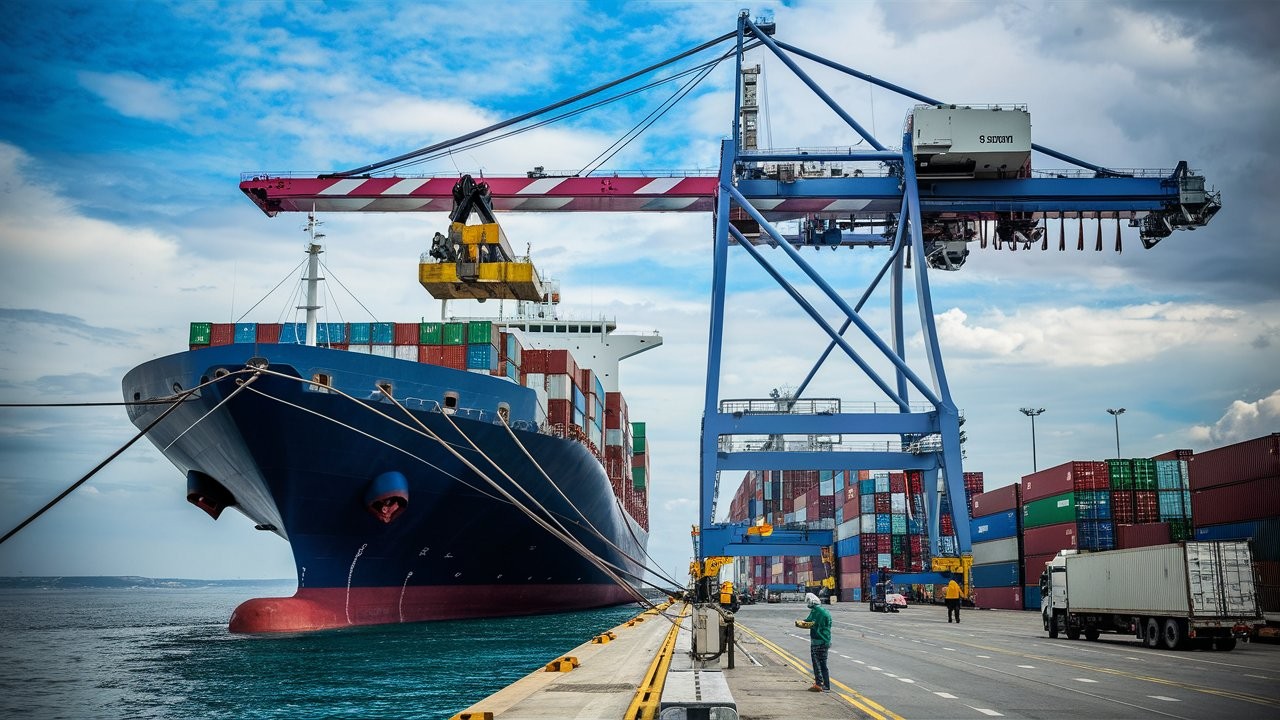

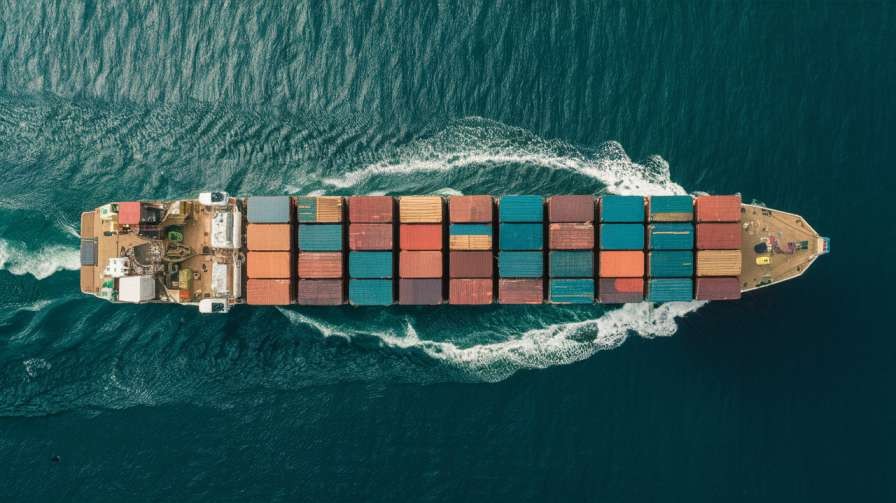
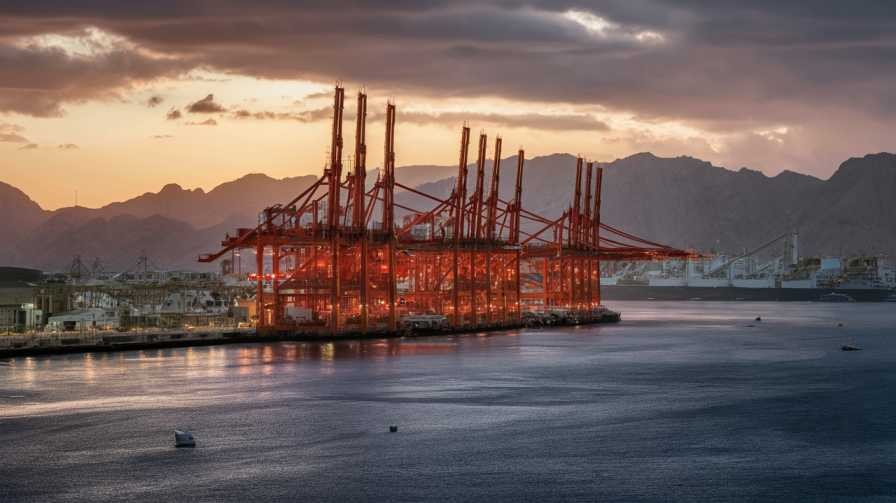
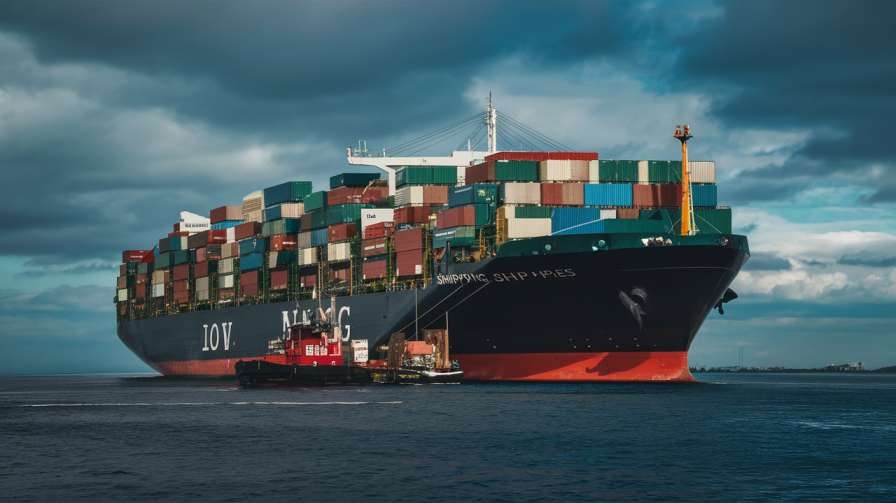
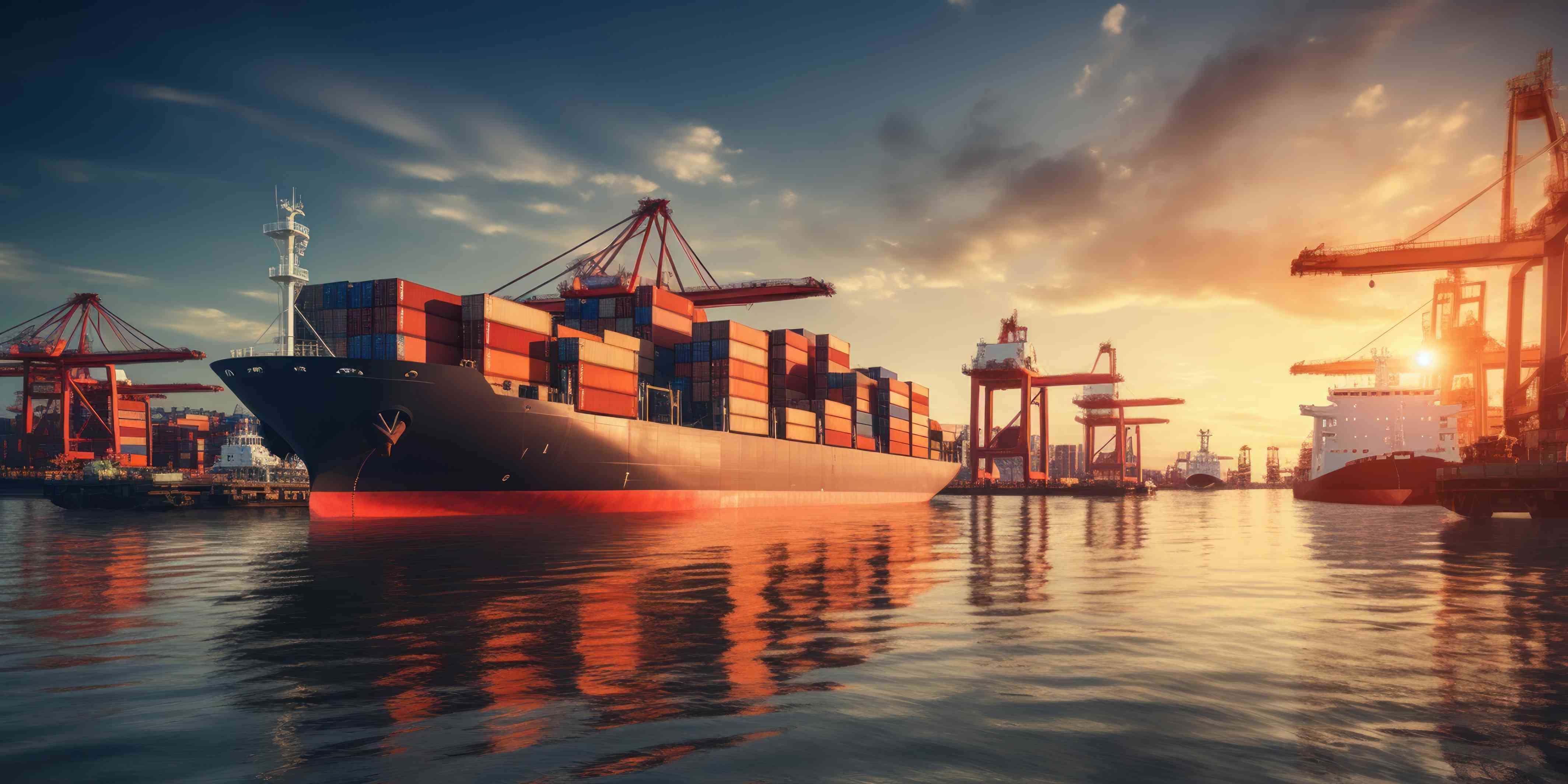





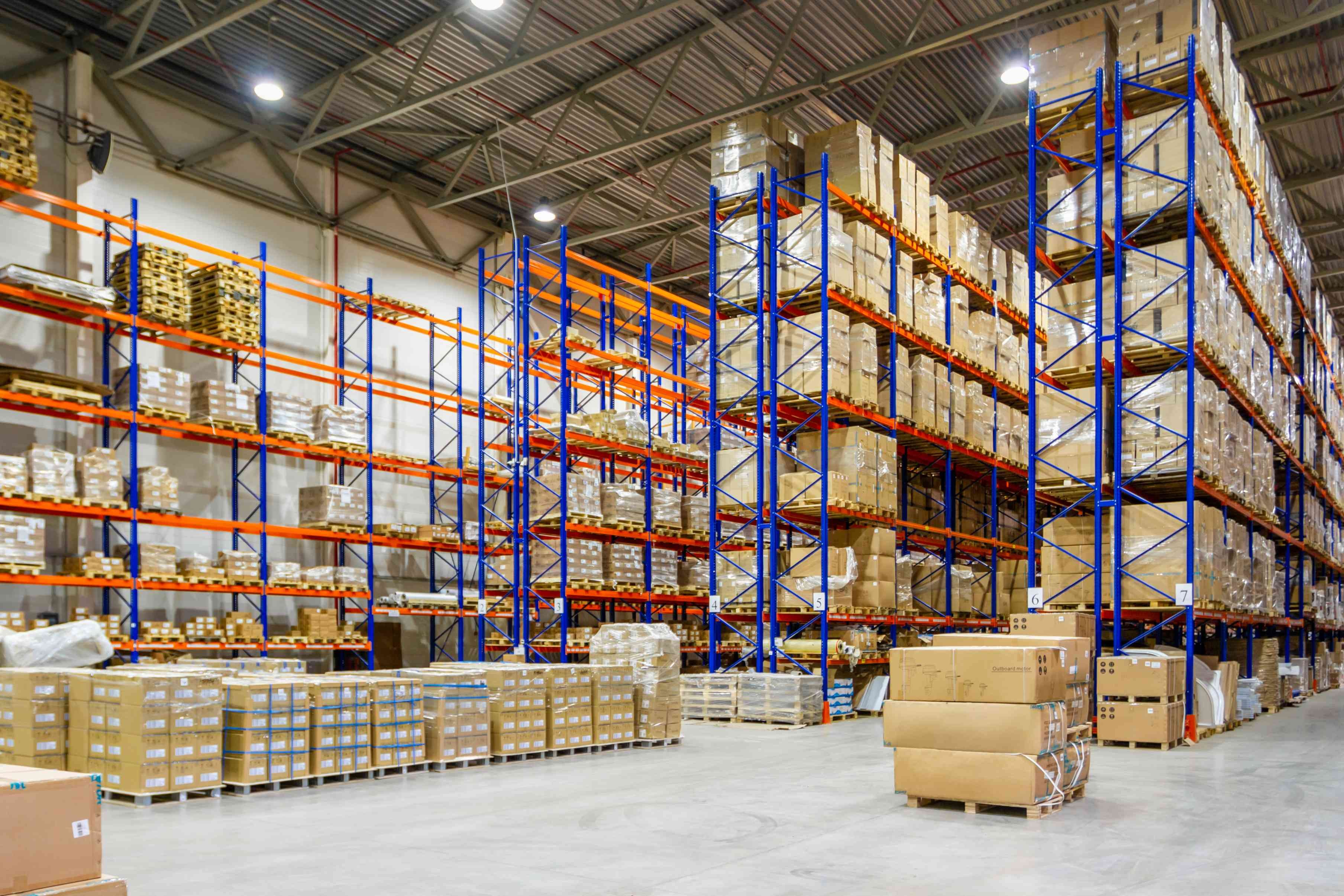


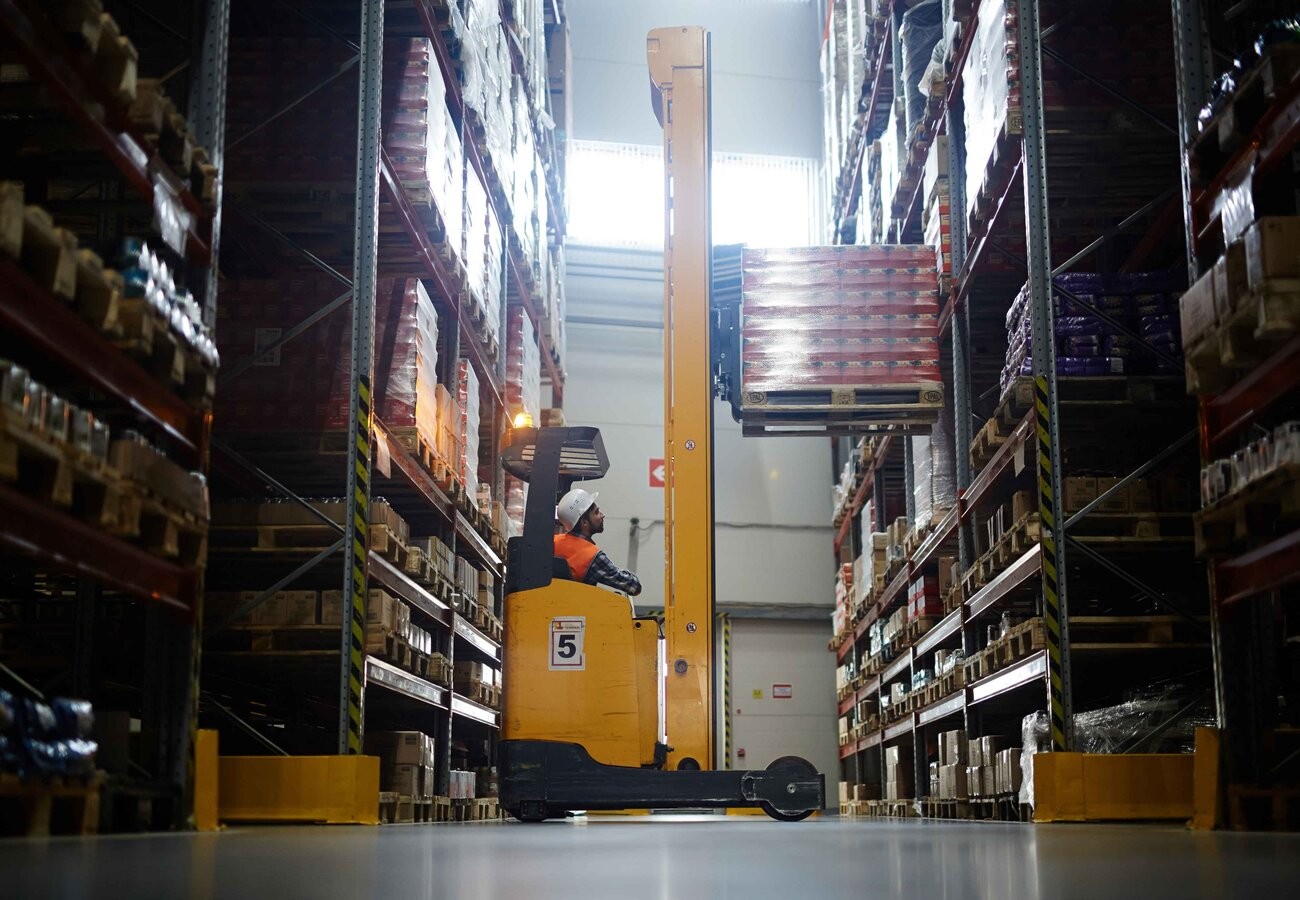
64ef6d522bd5d.jpg)
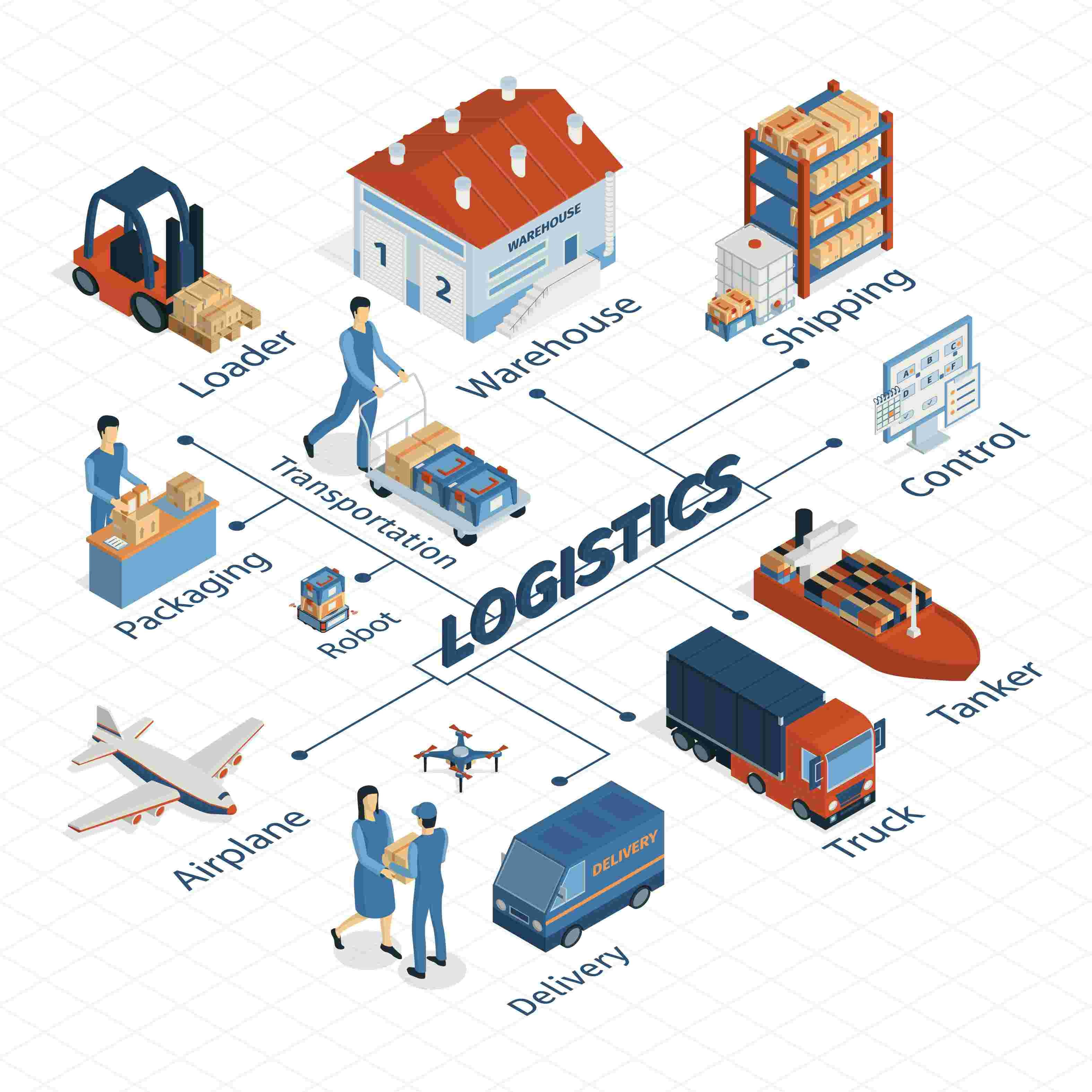
64a477953e86e.jpg)
643ff0cfeaf4e.jpg)
63fcb9023ba5f.jpg)
63d94f83c4432.jpg)
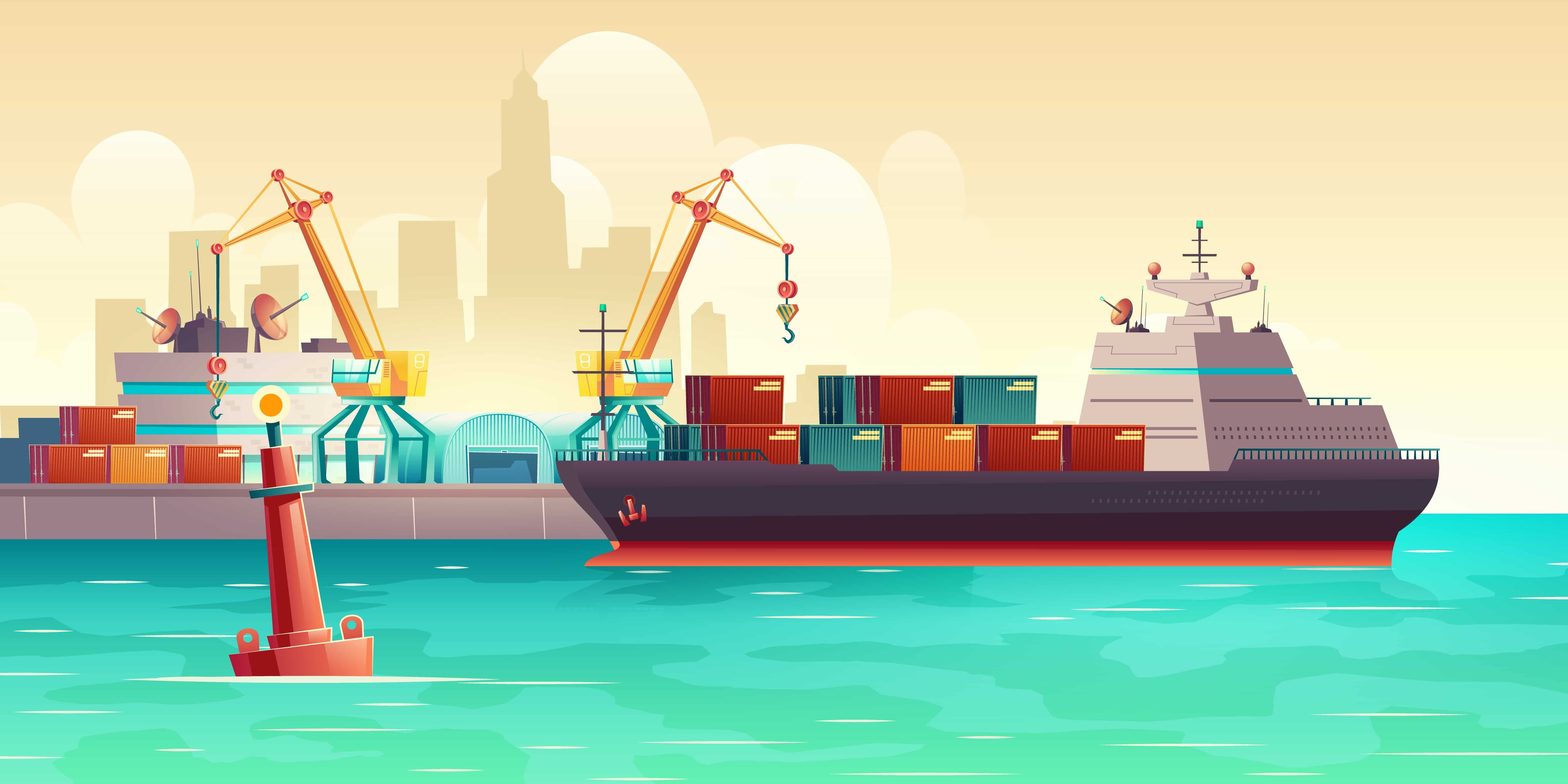

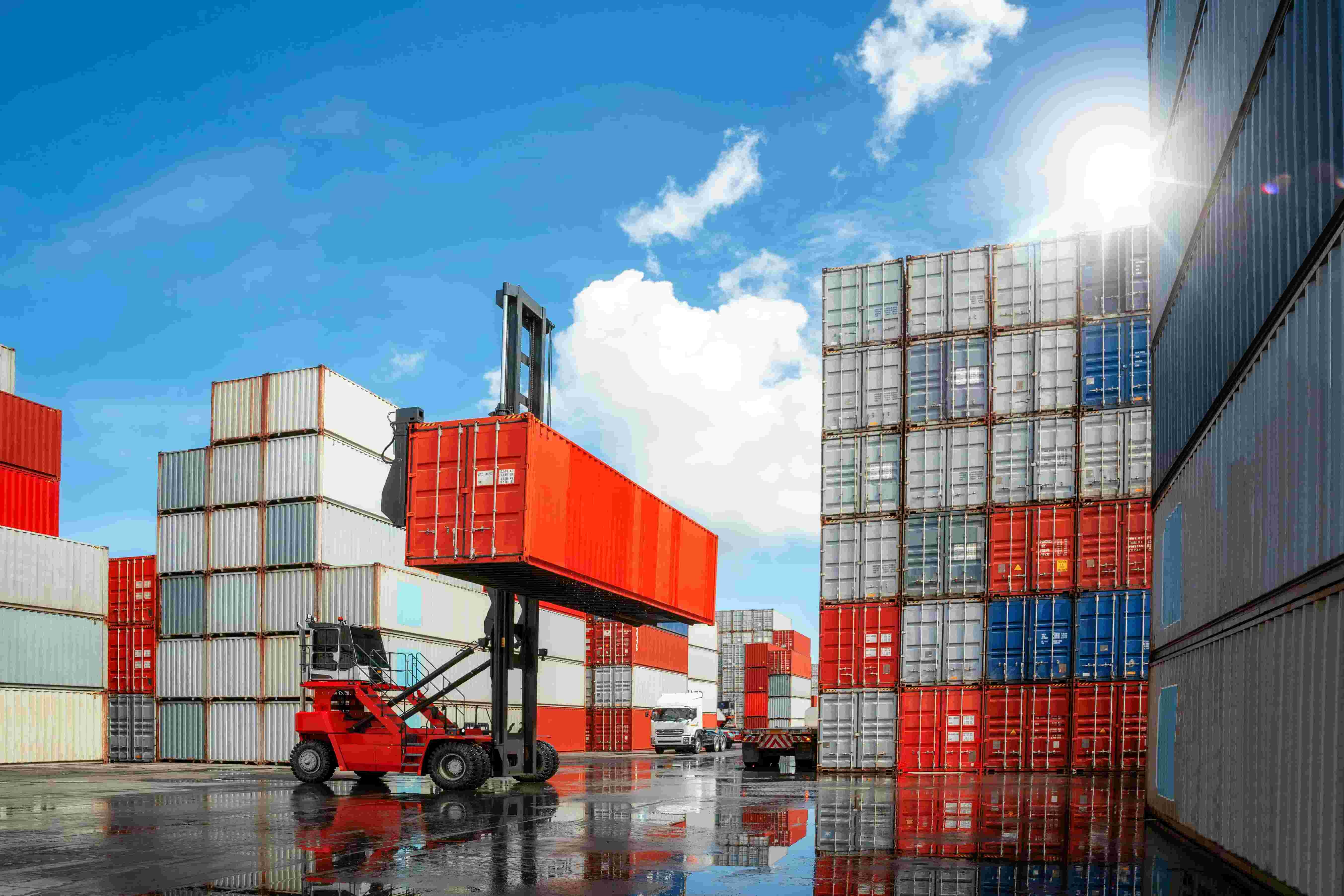
637611972635b.jpg)

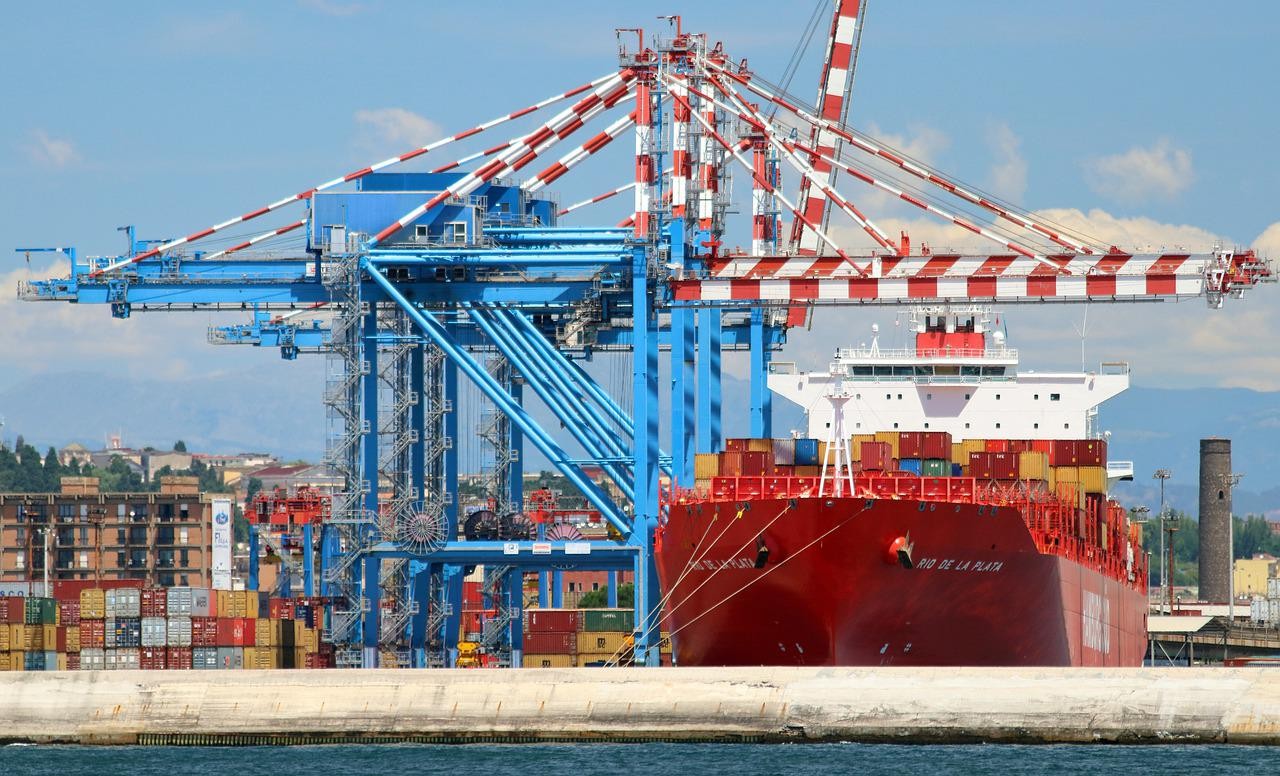


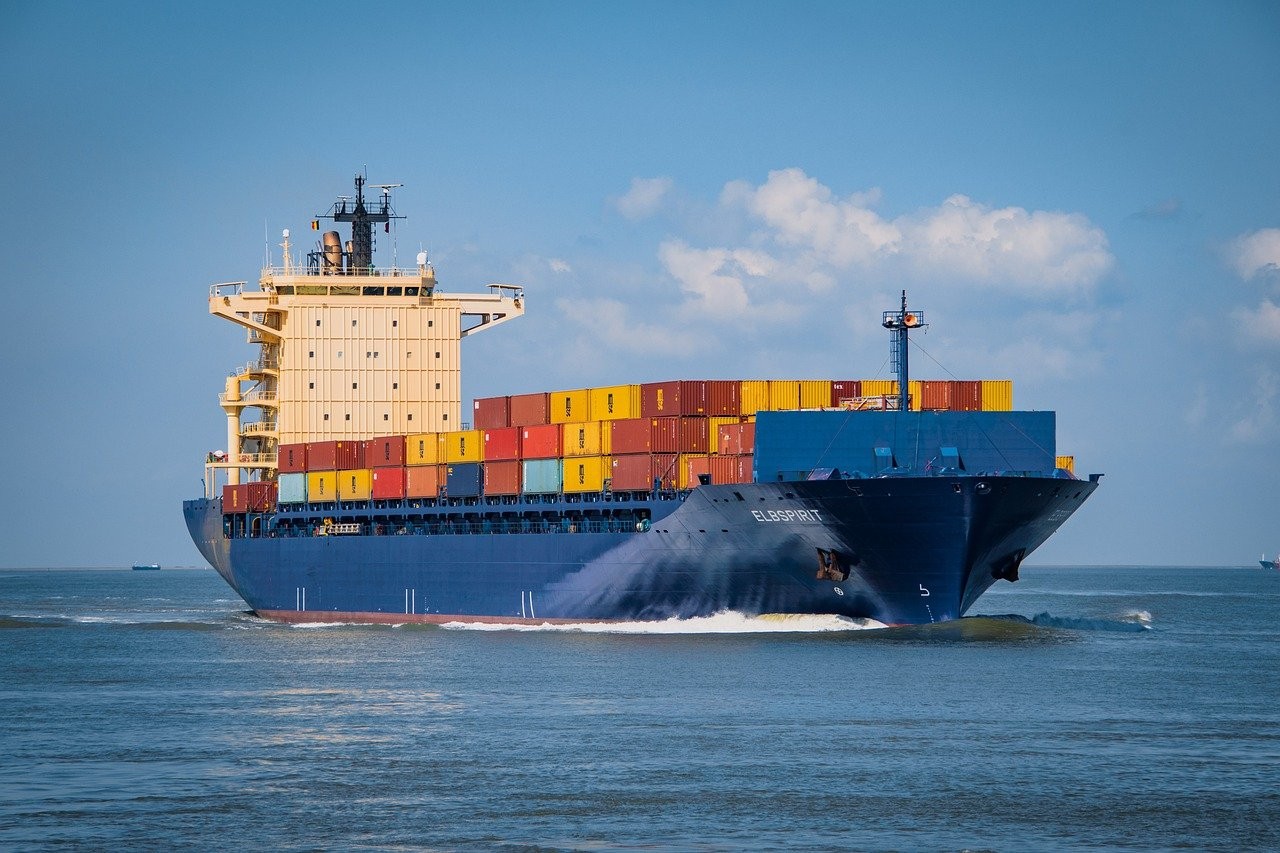
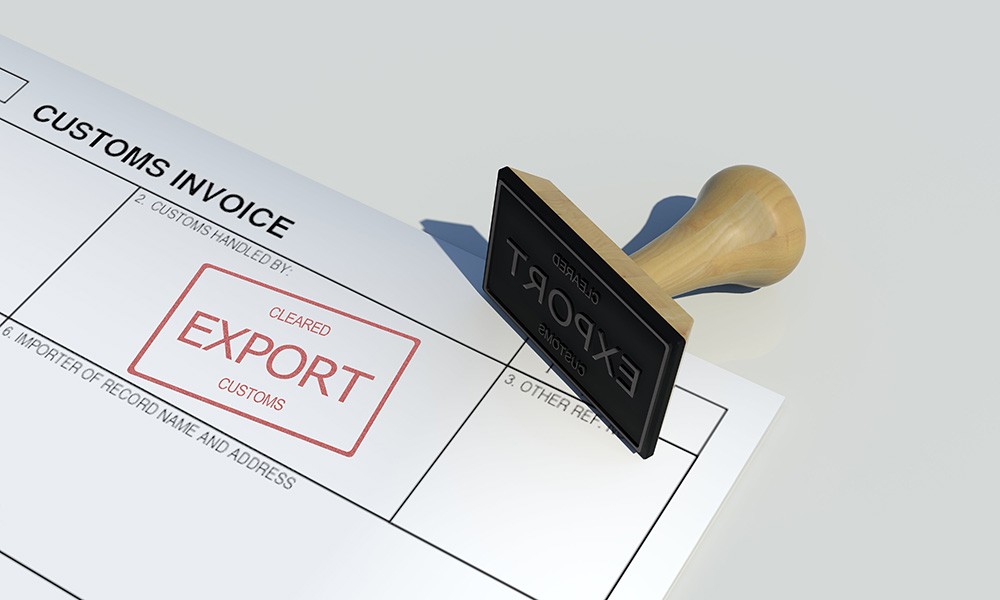
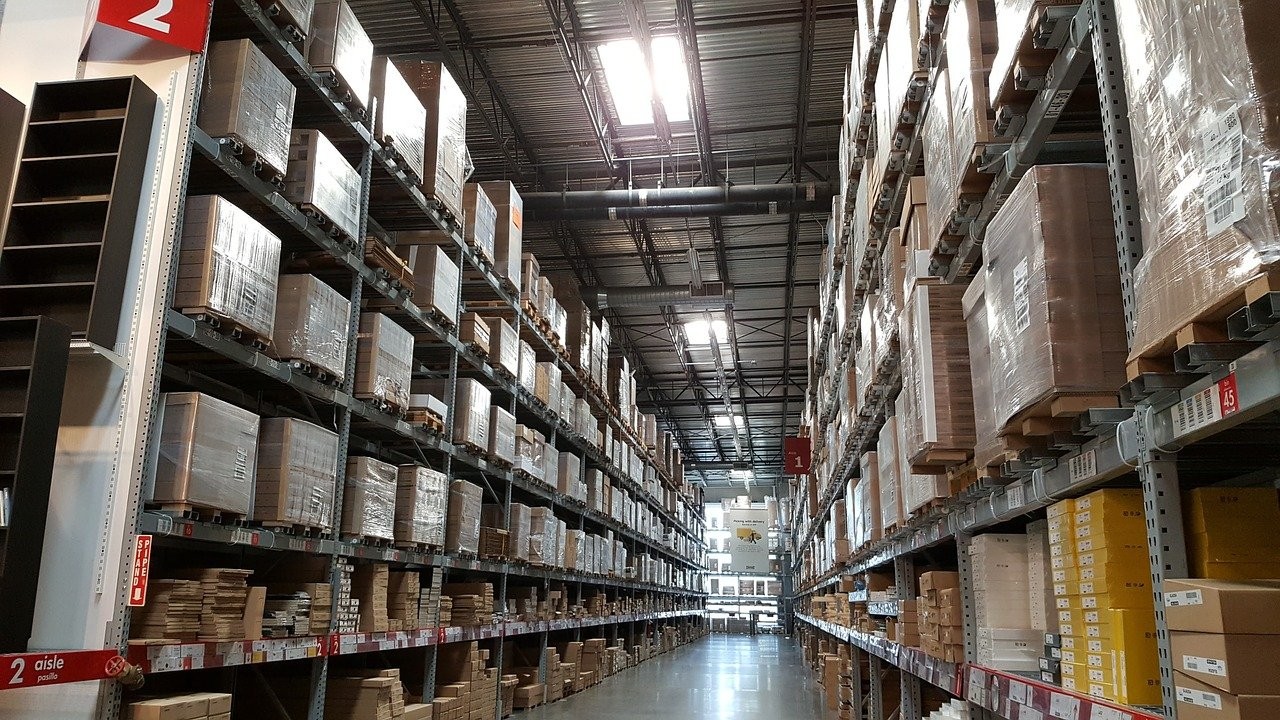
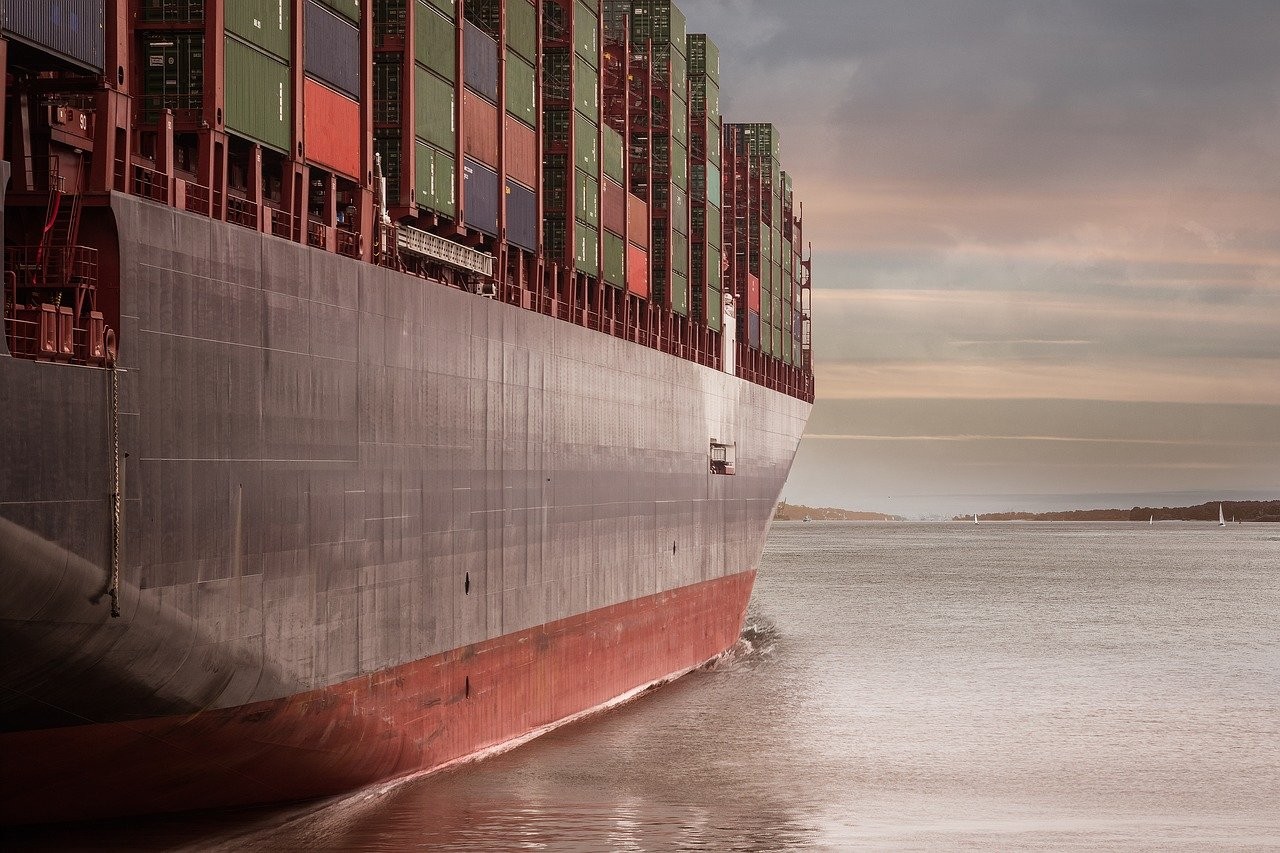
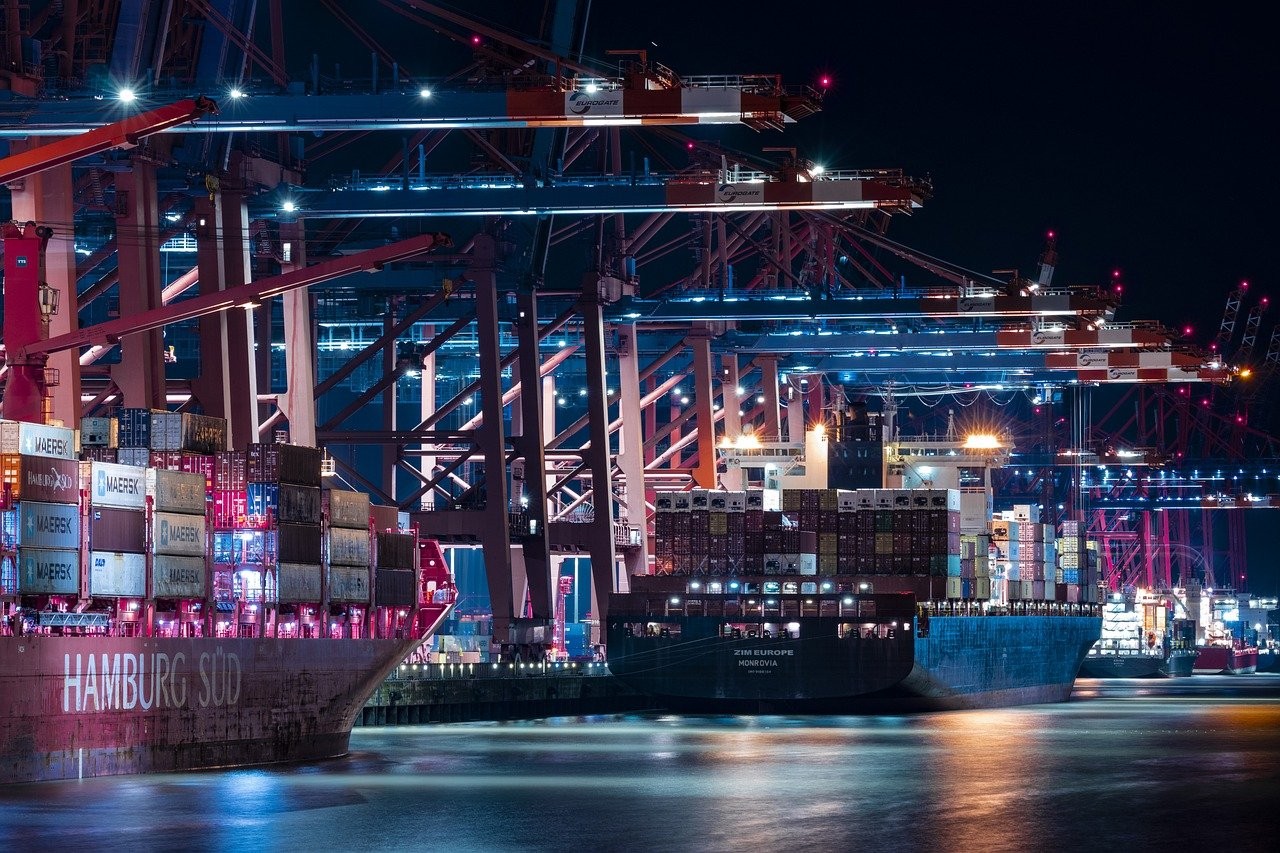
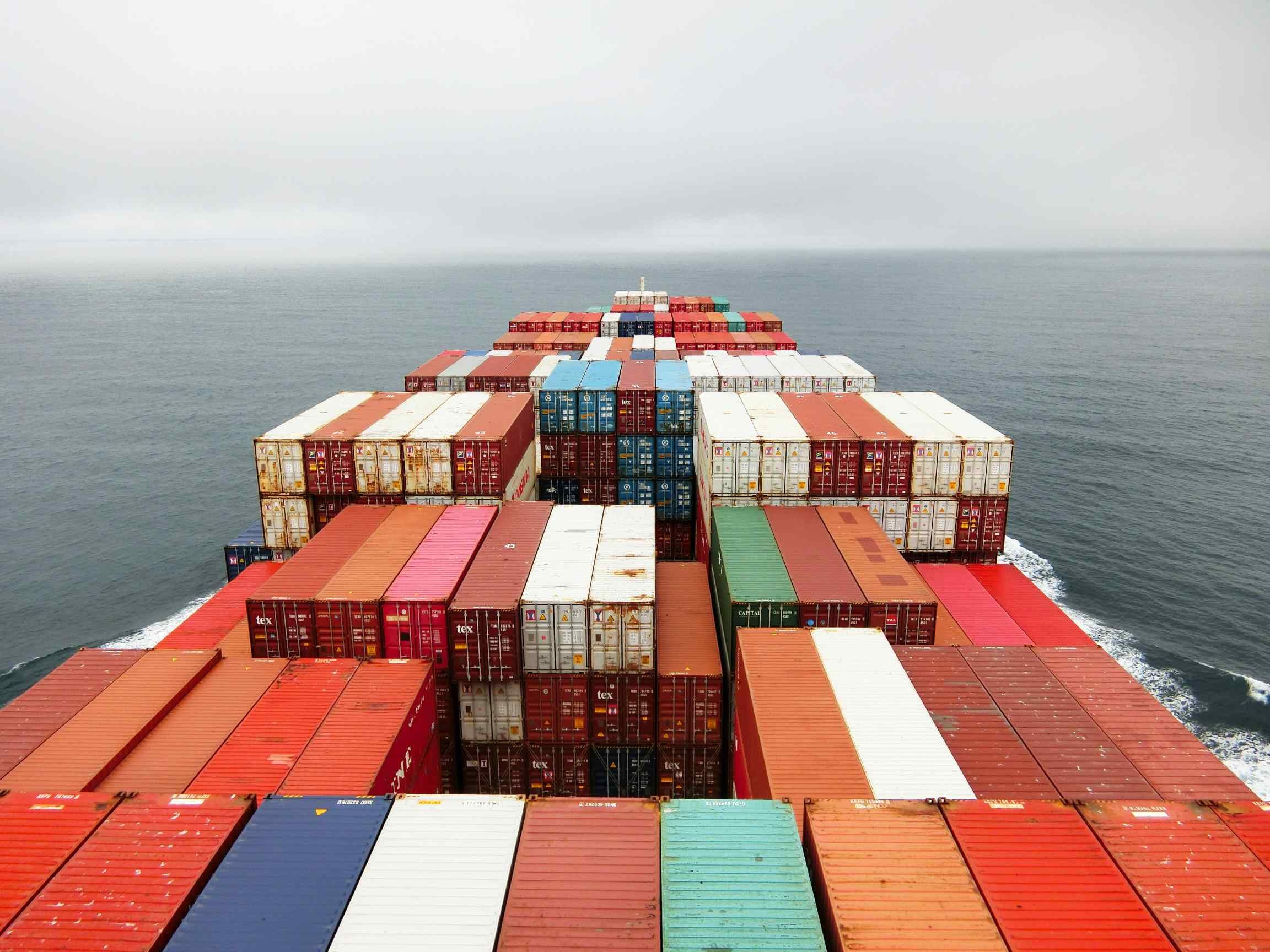
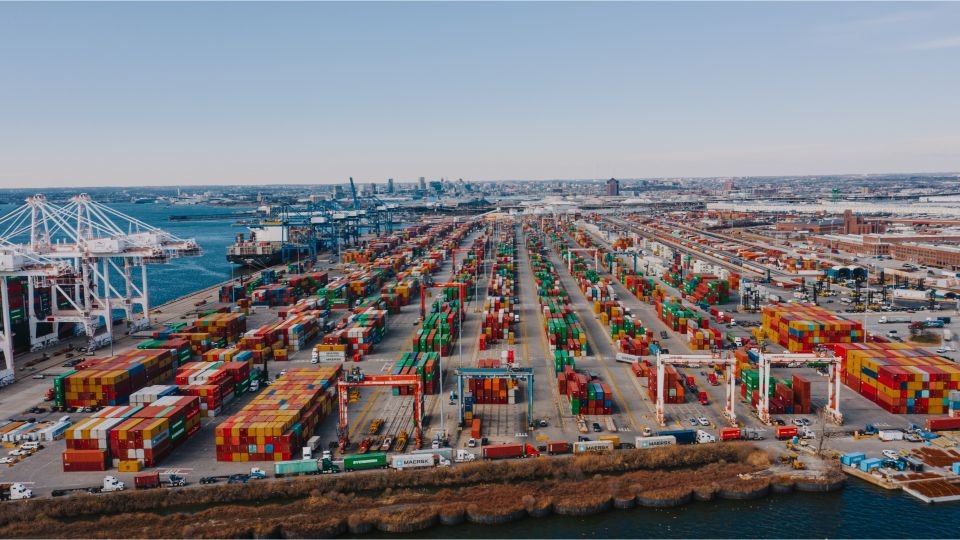

.png)